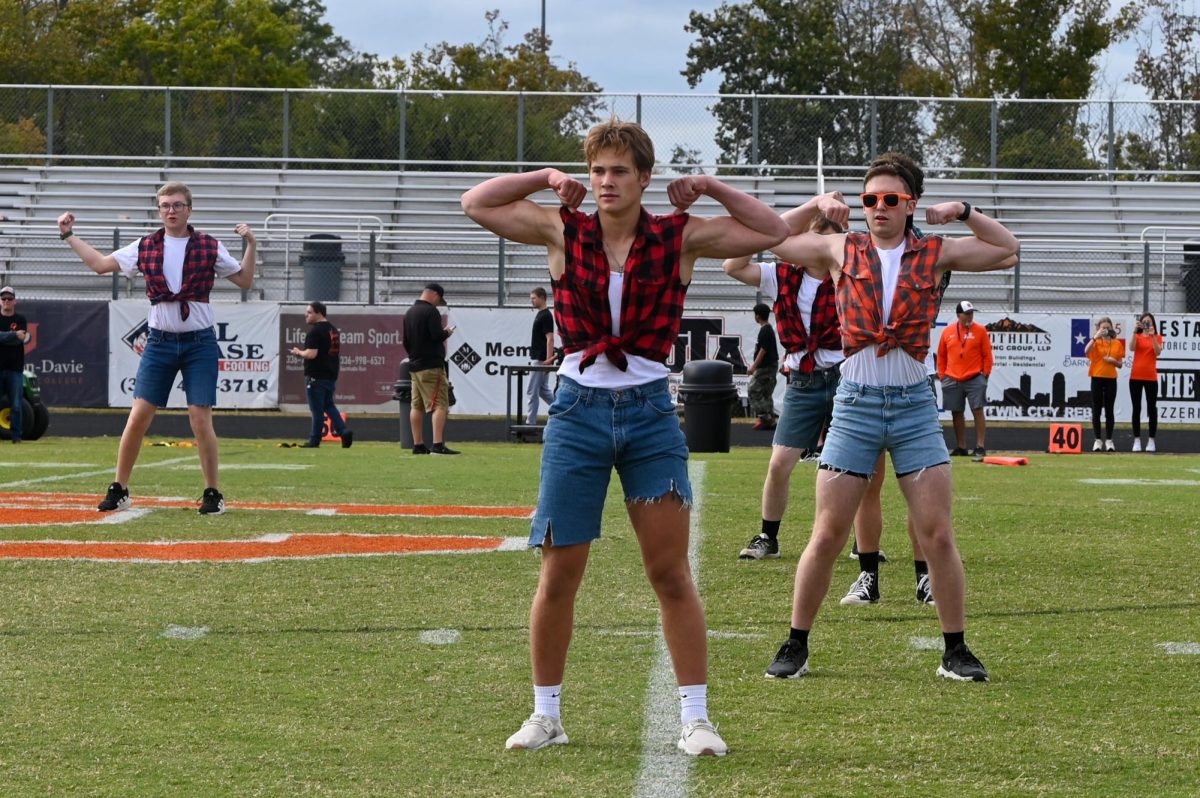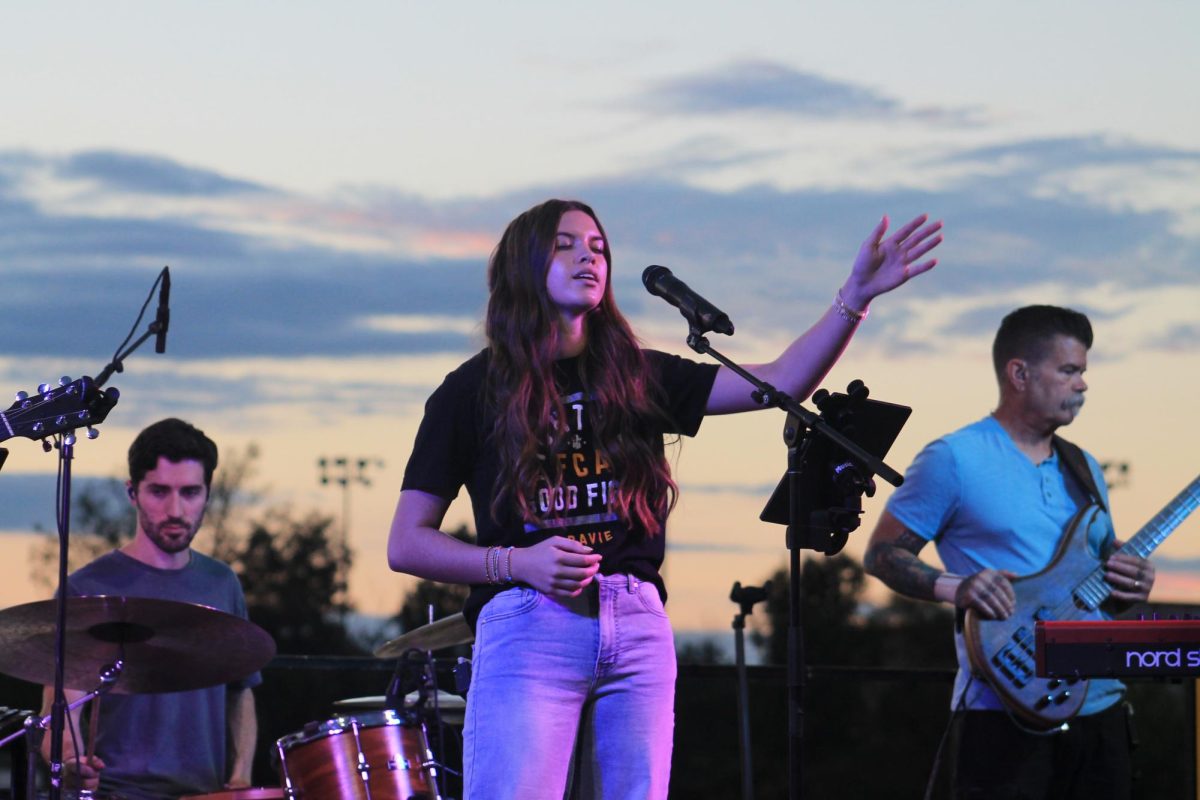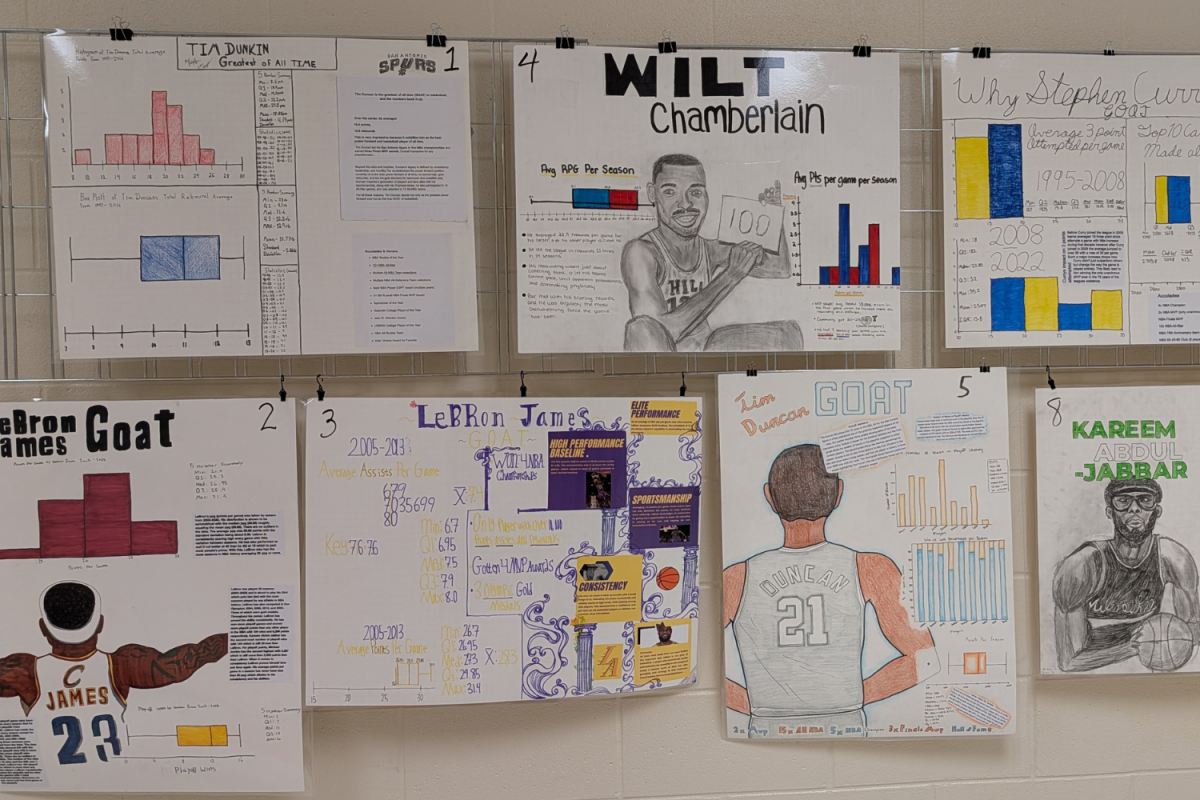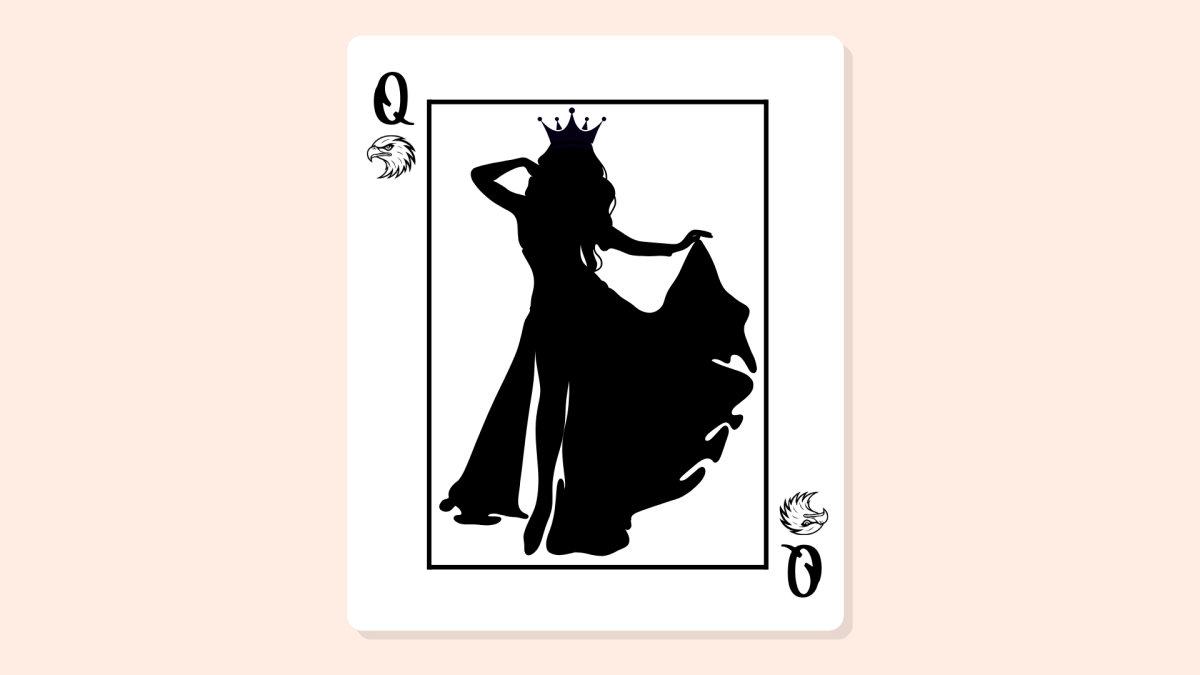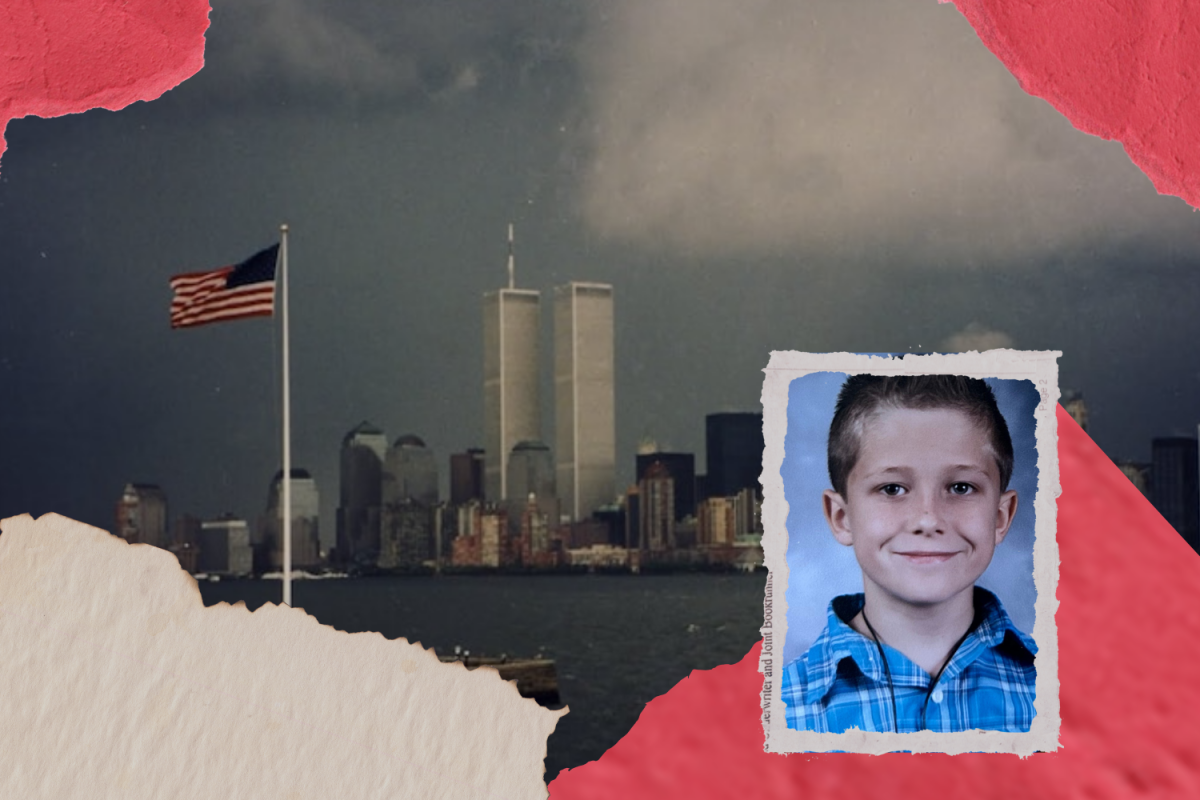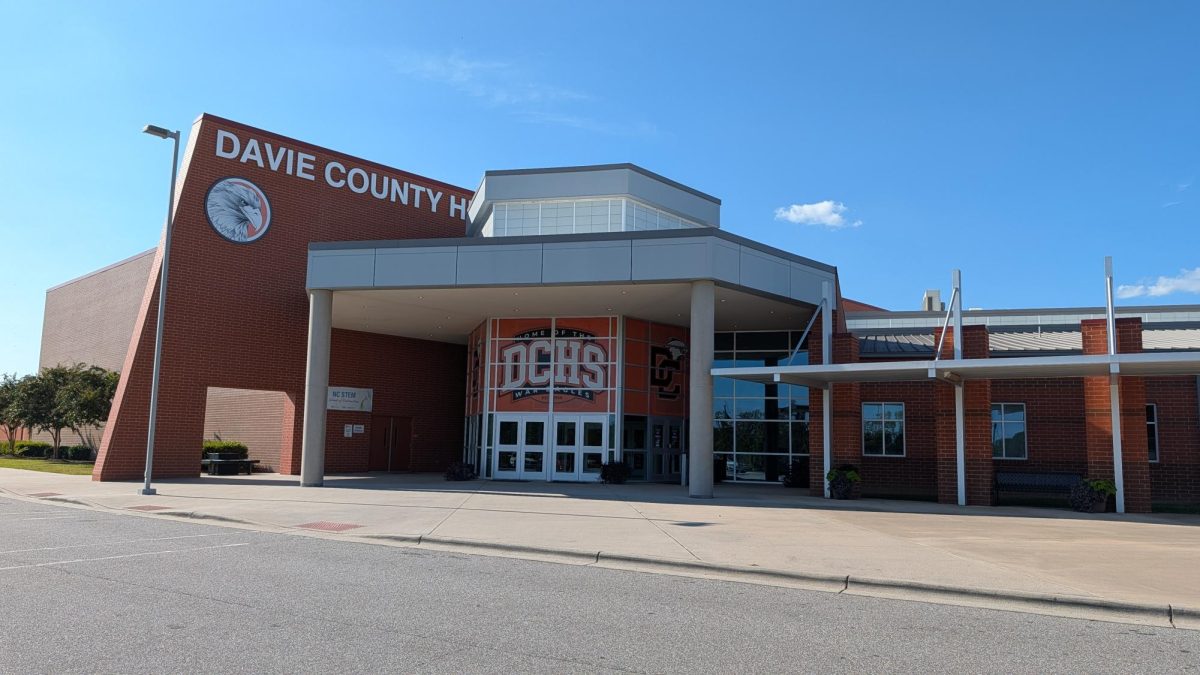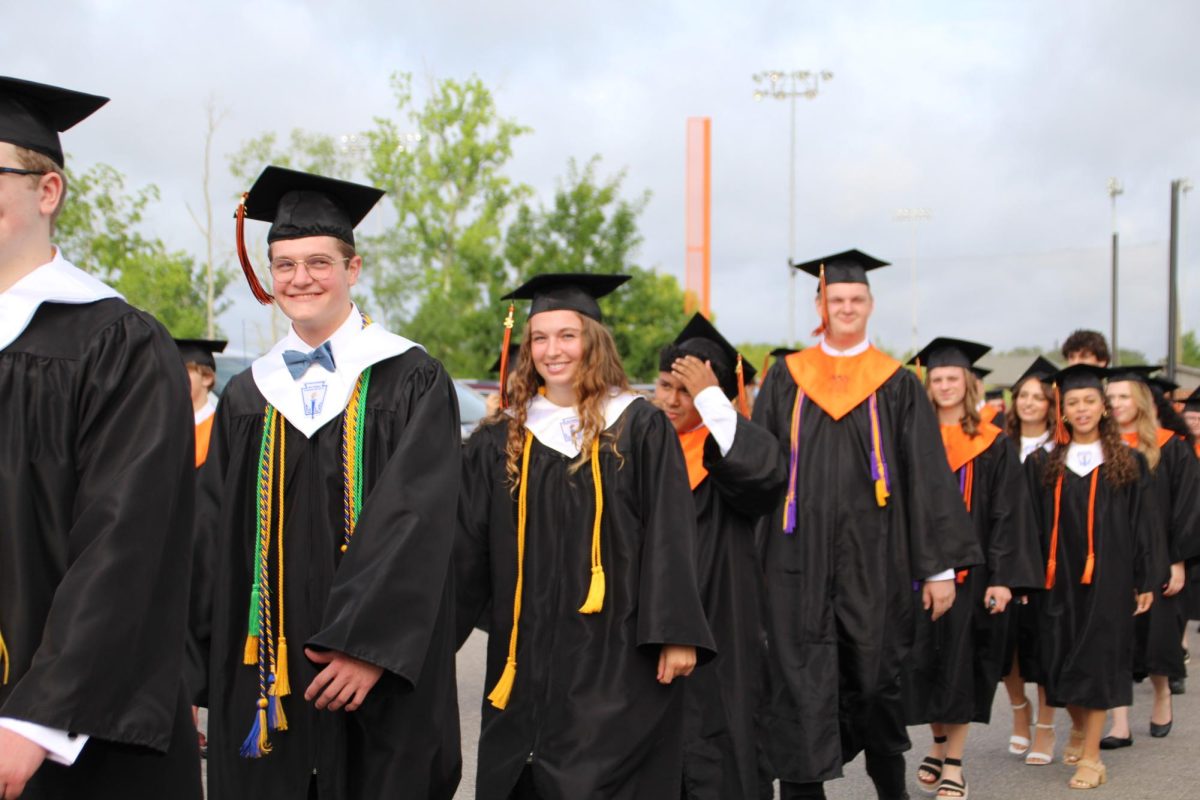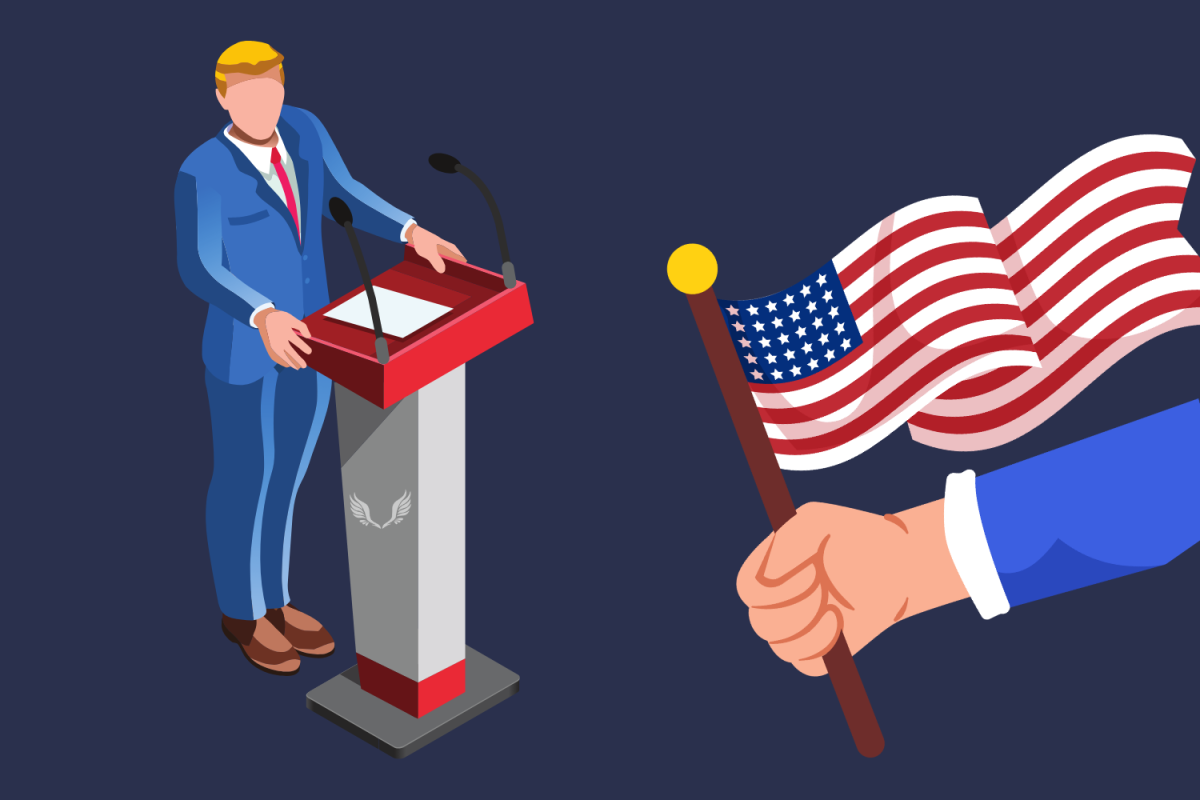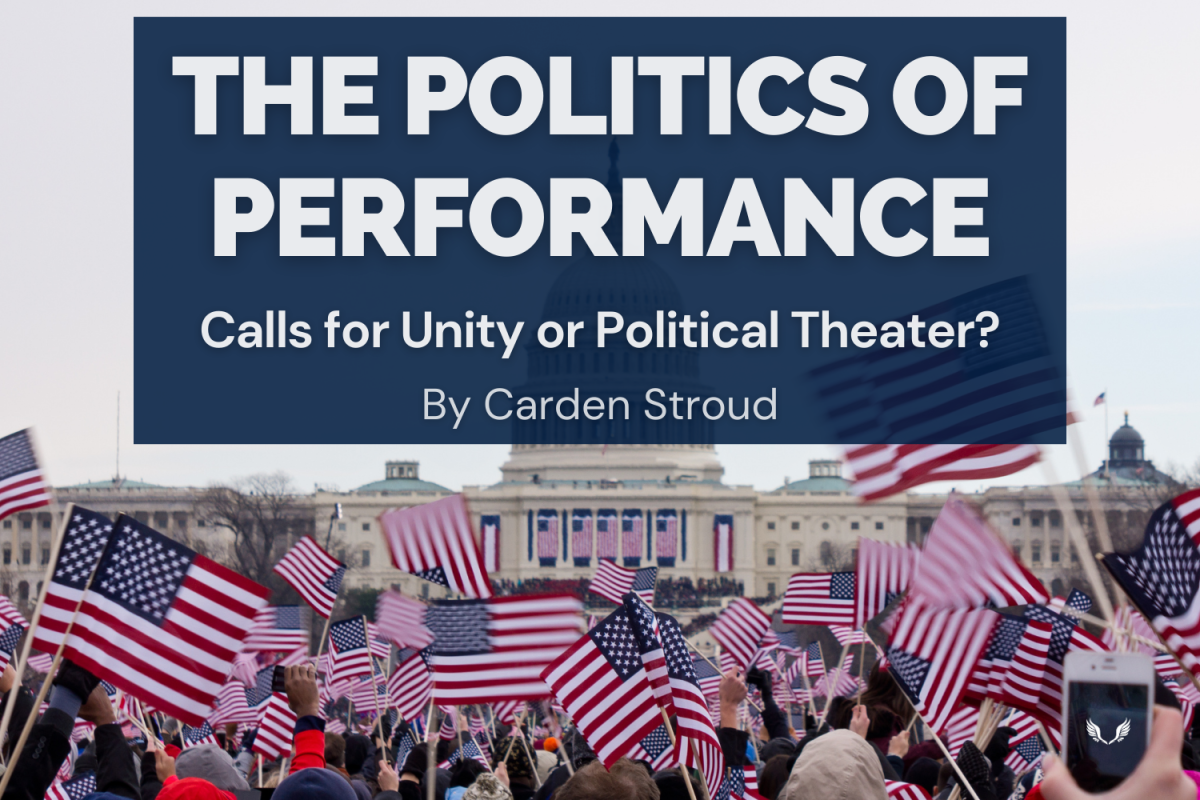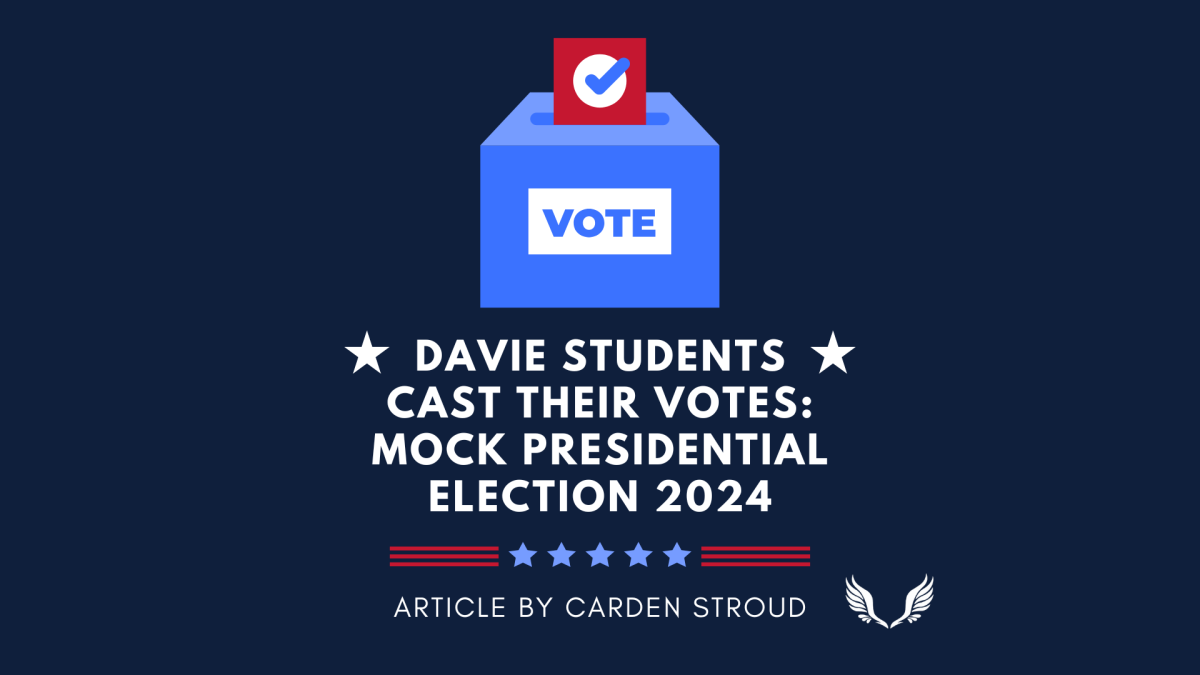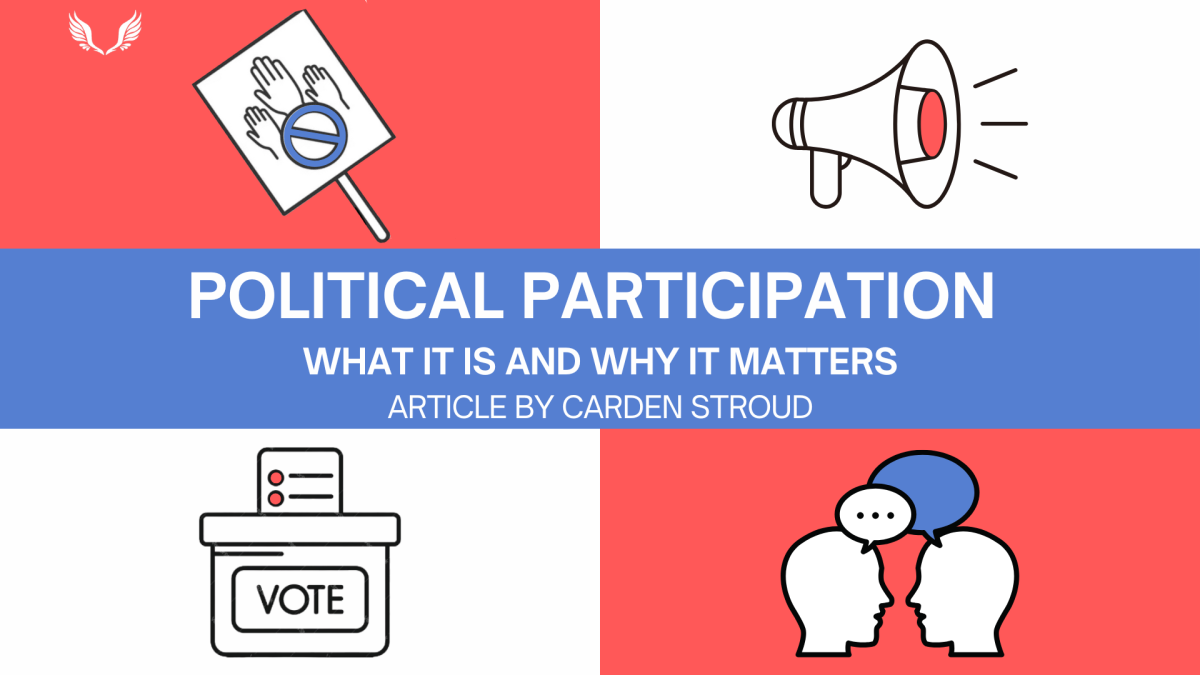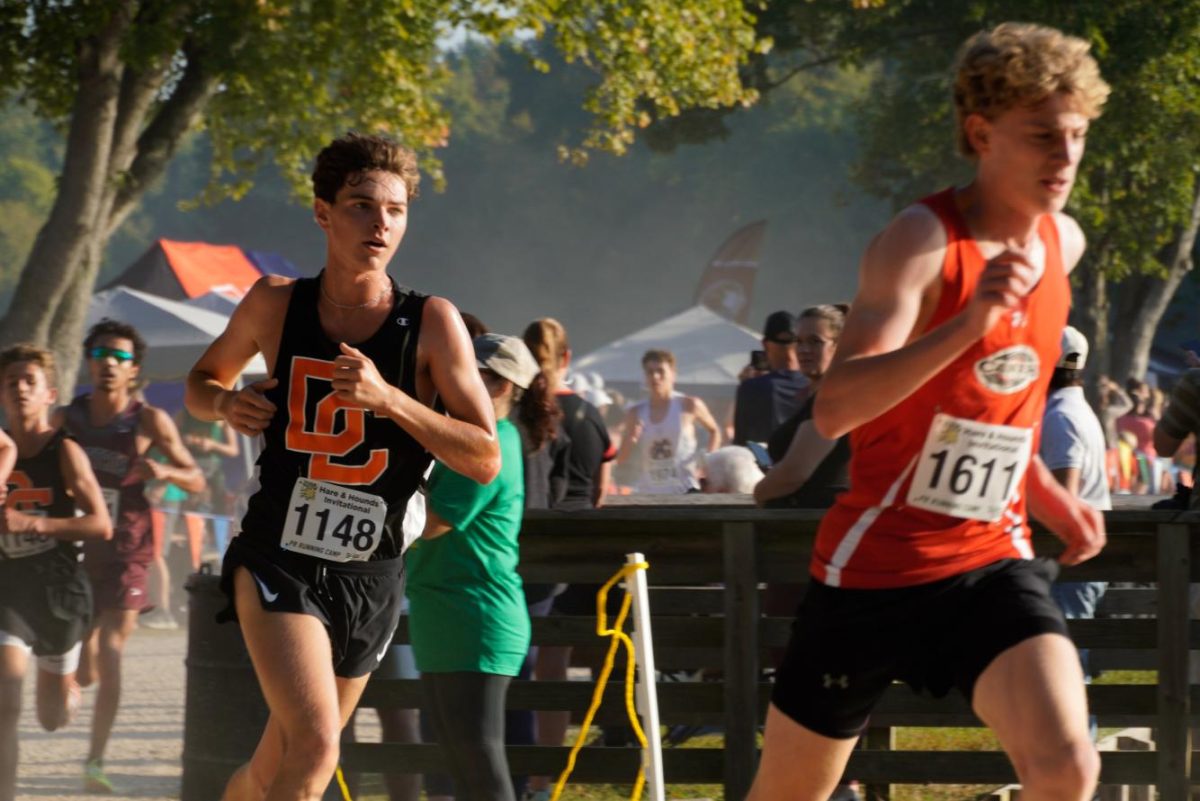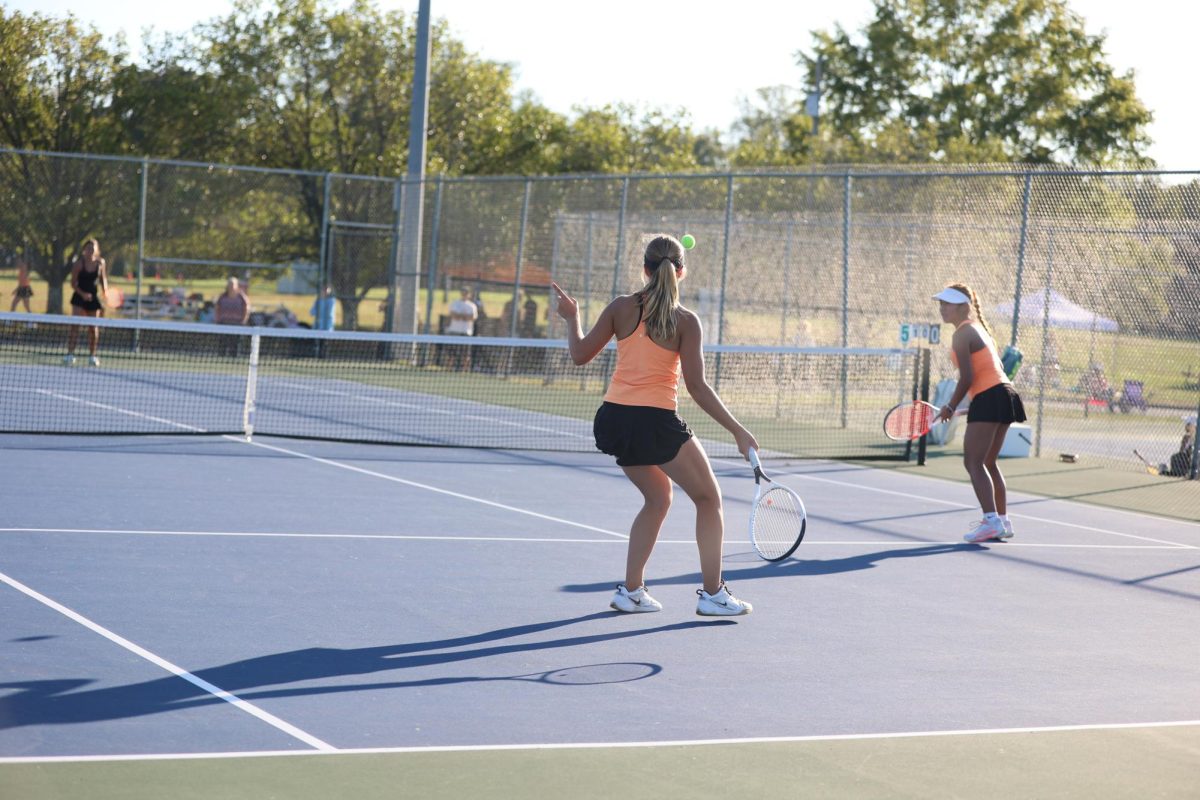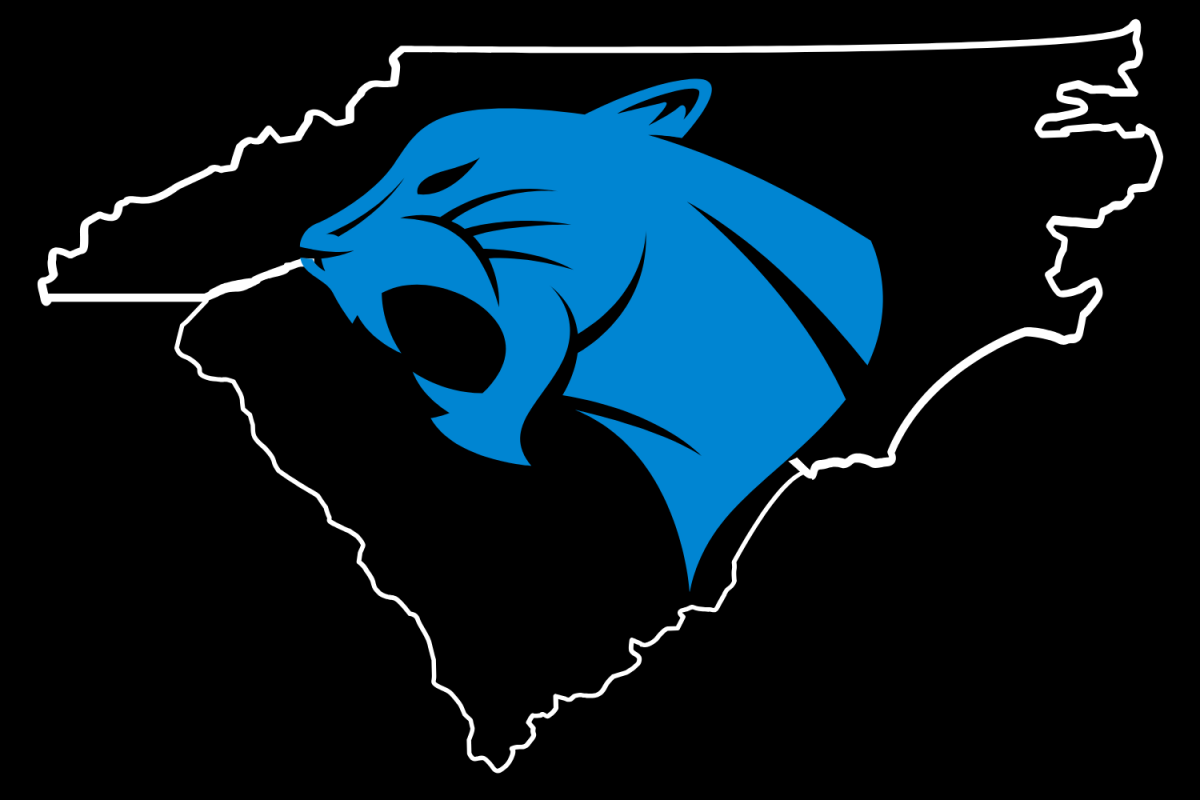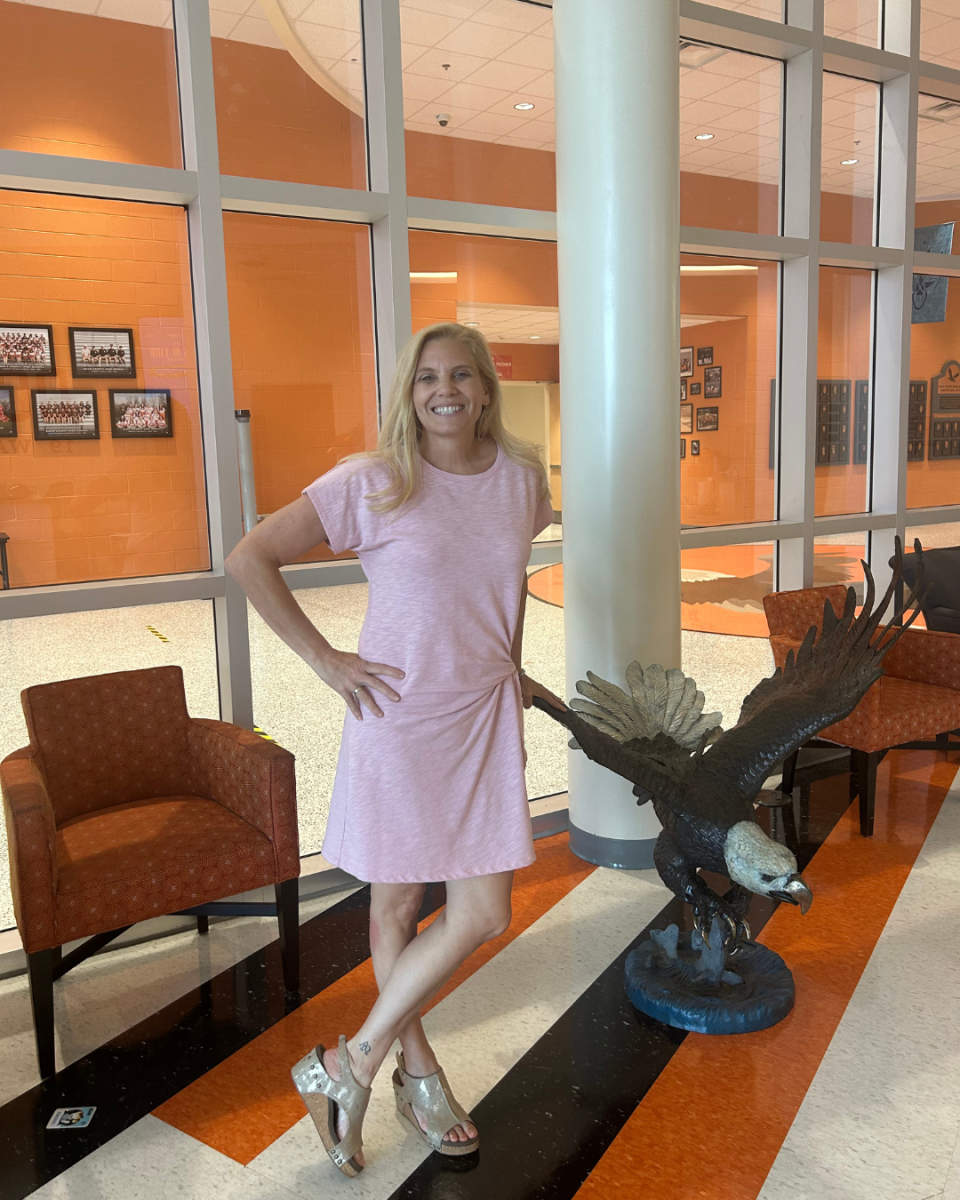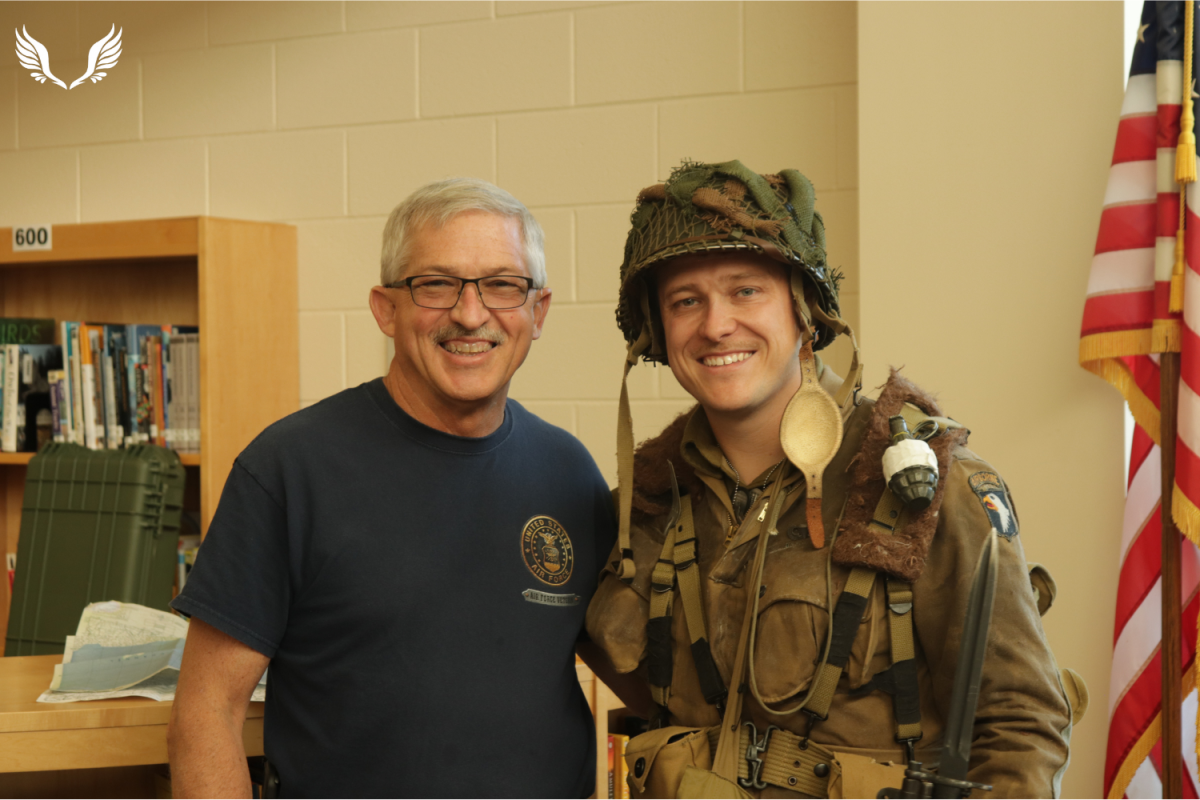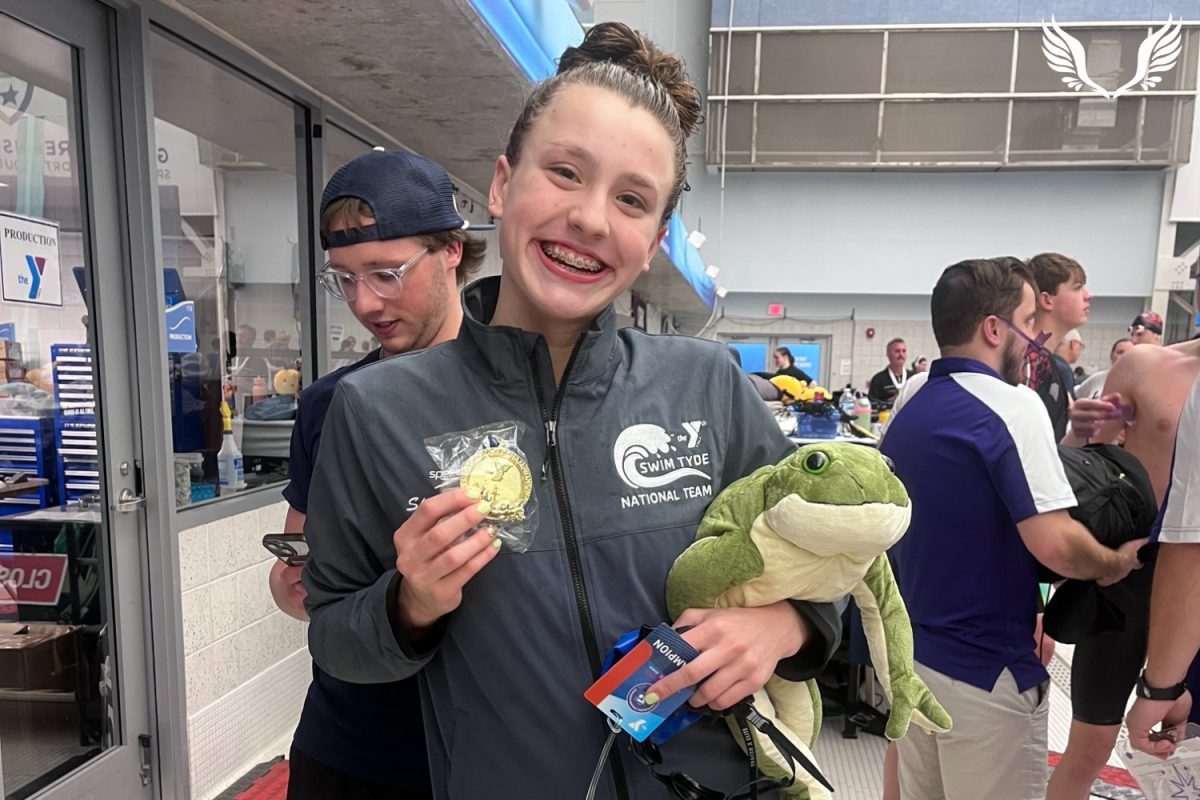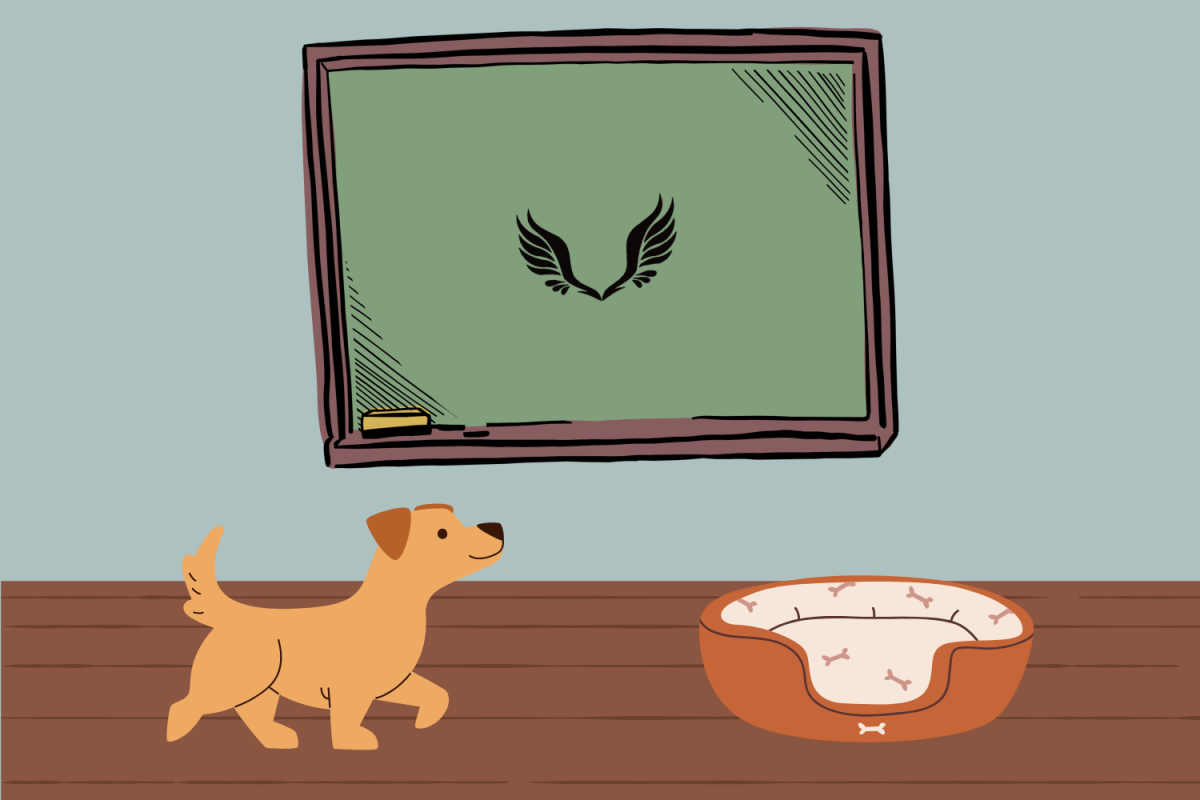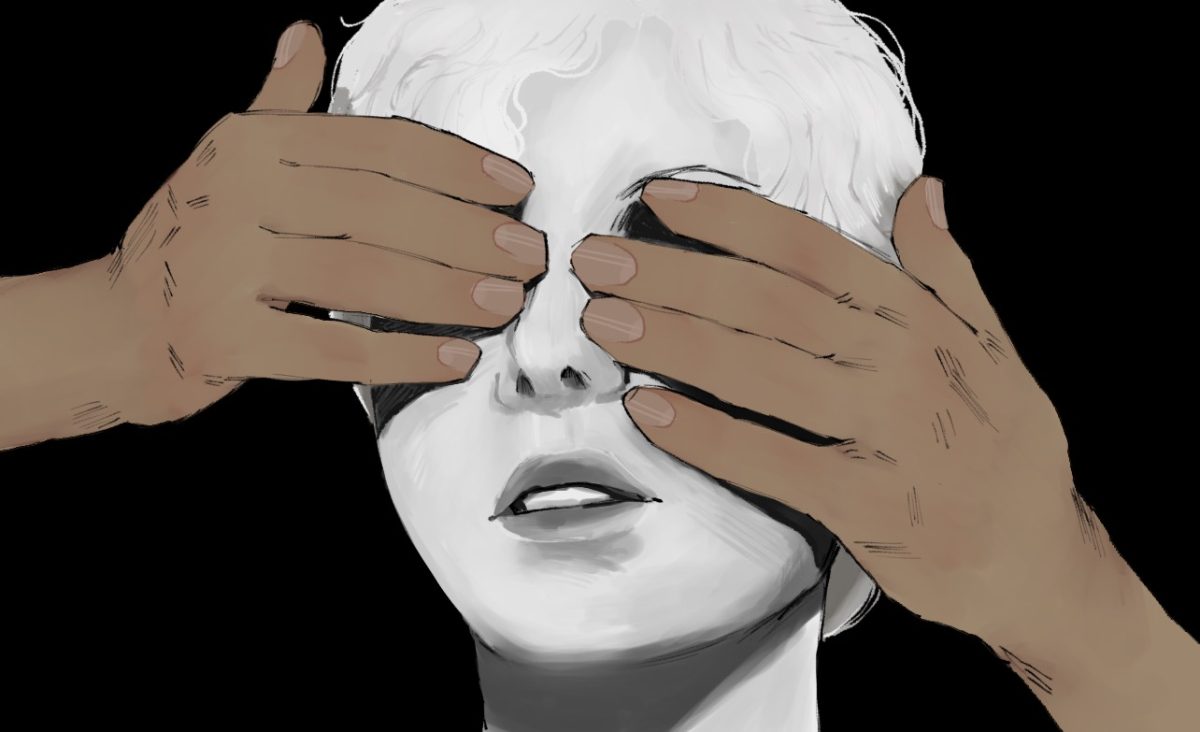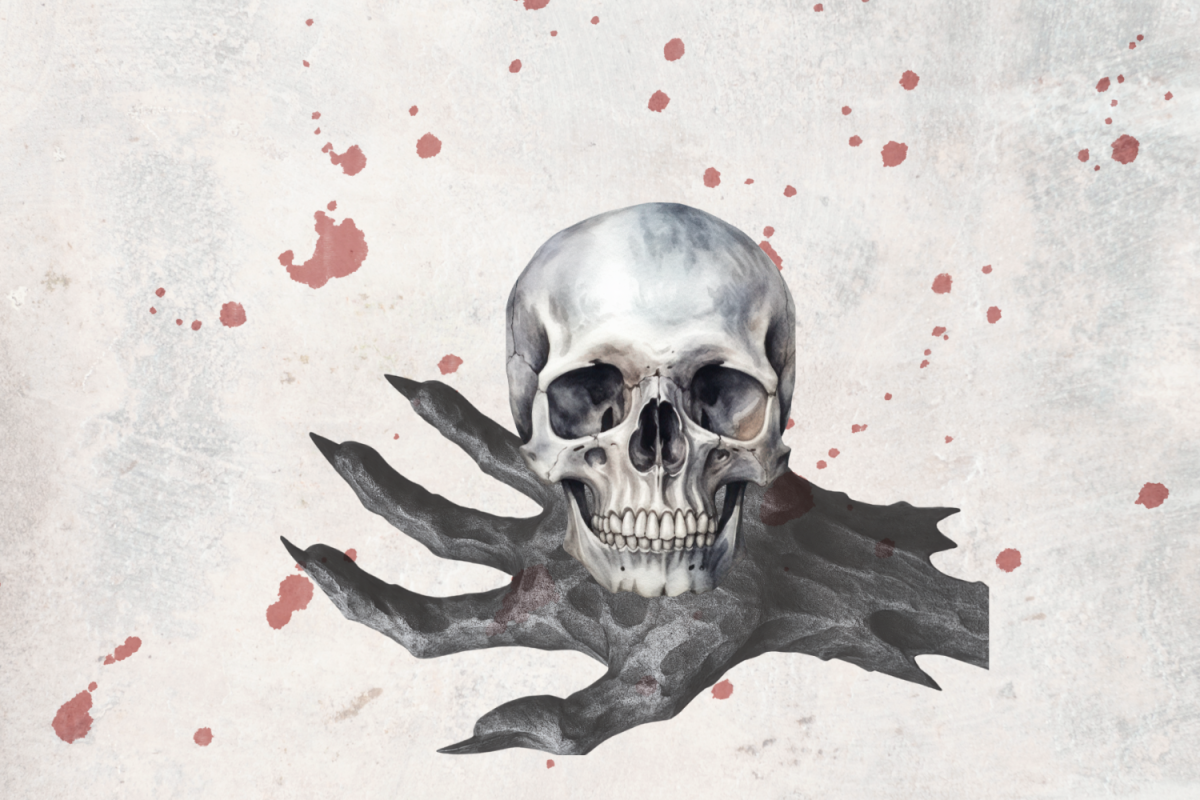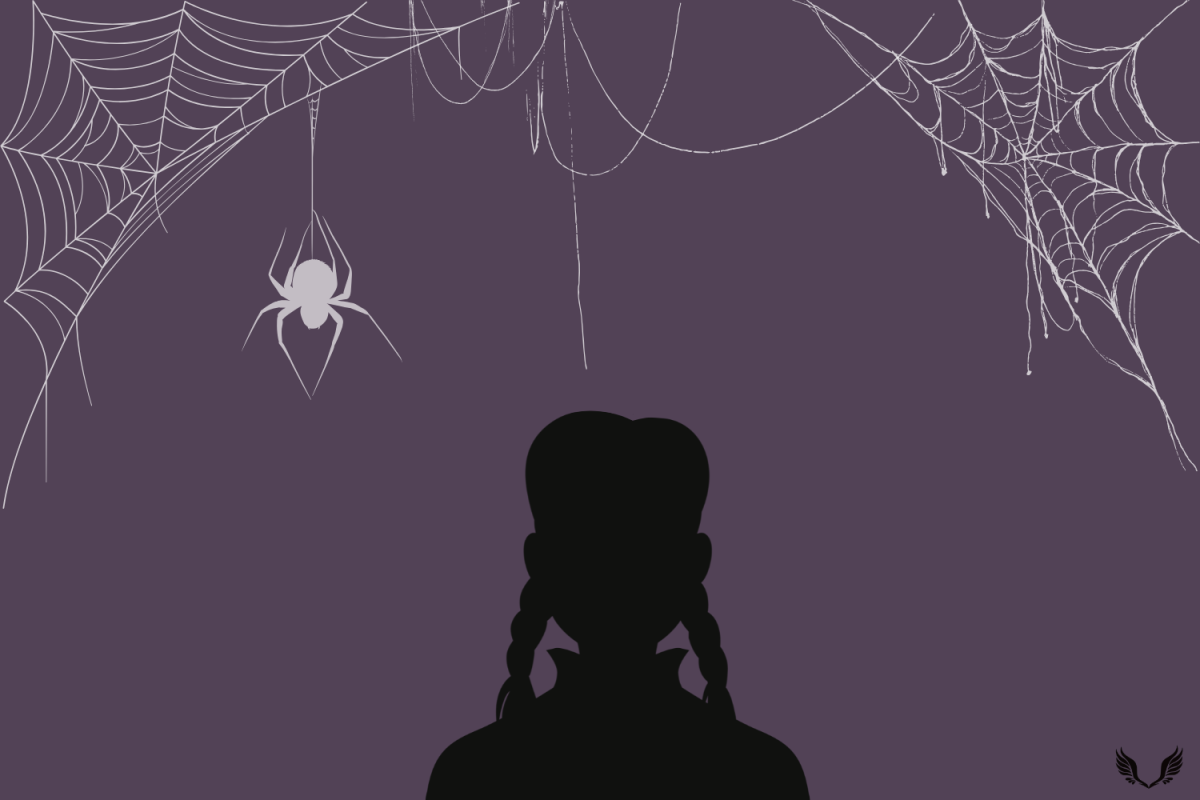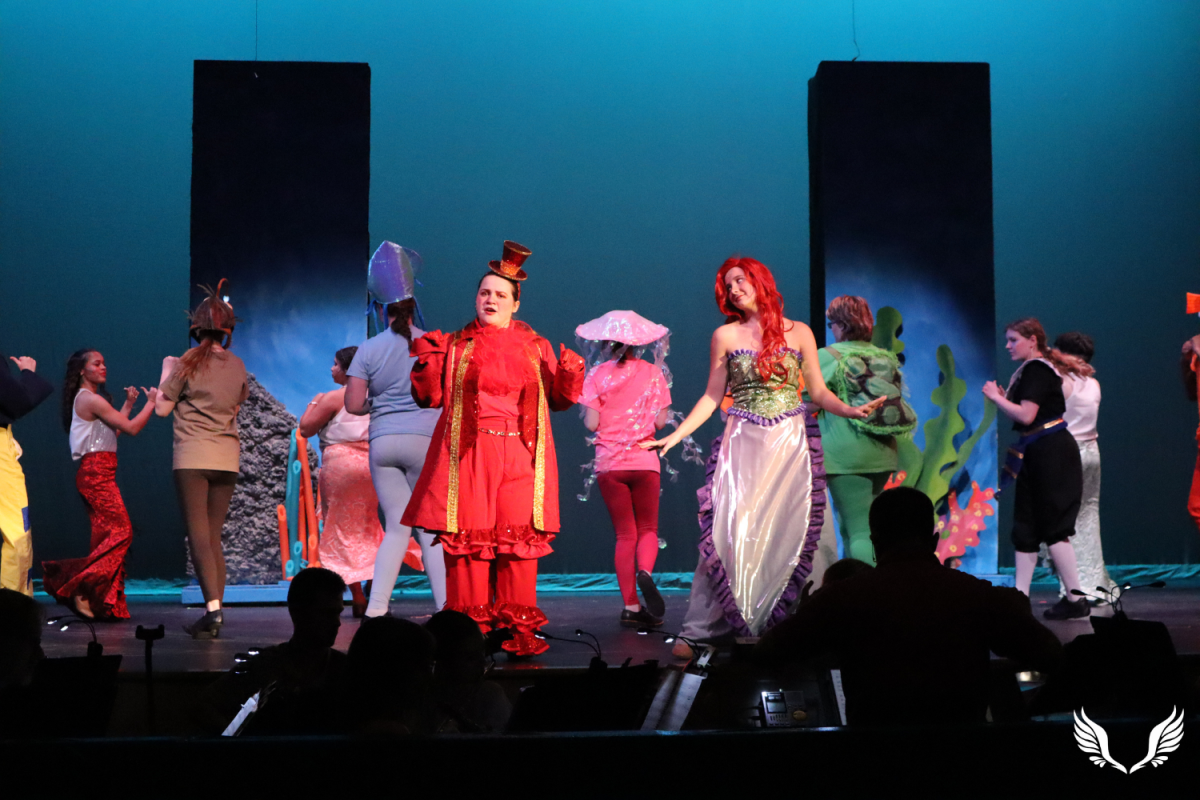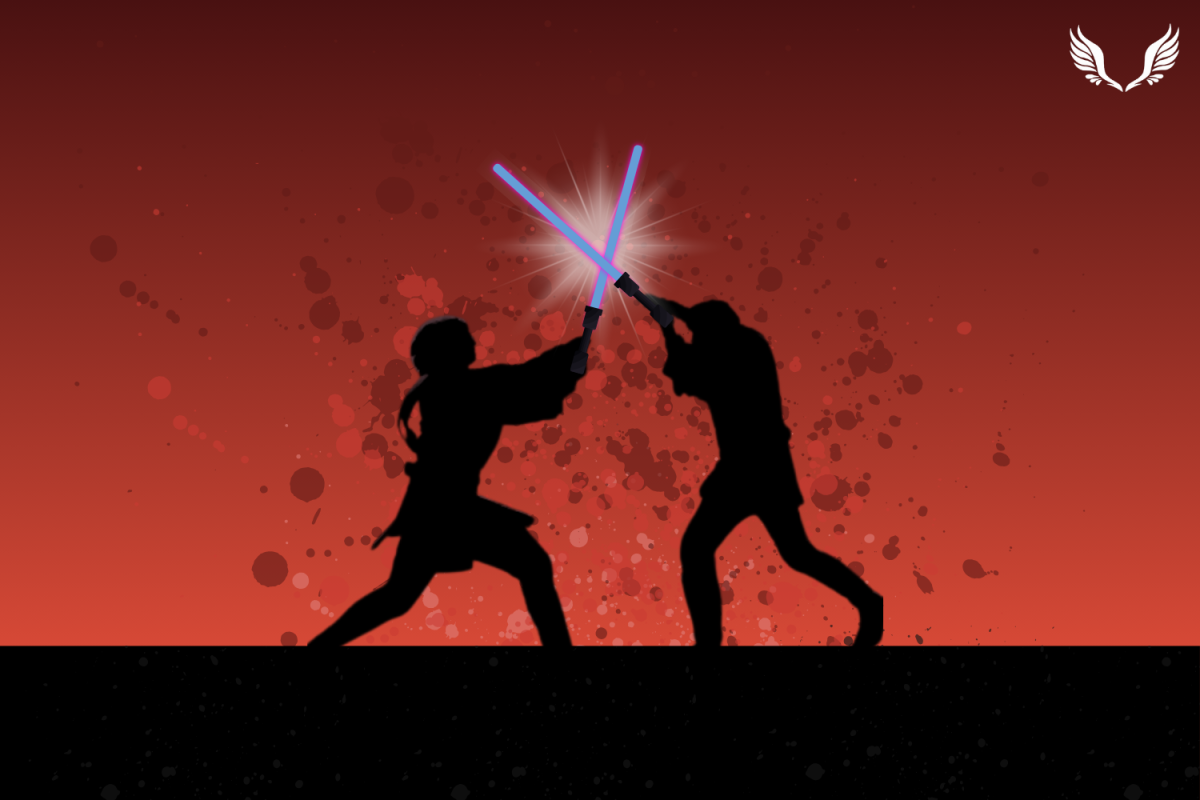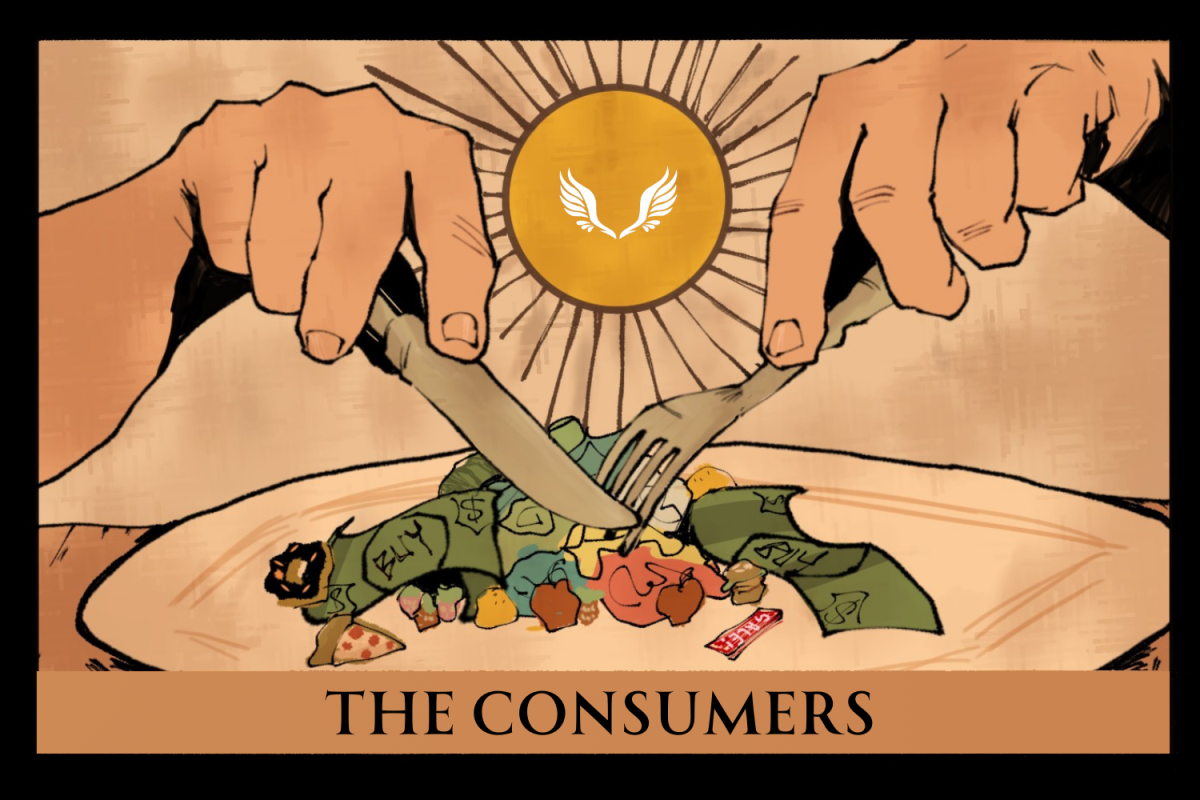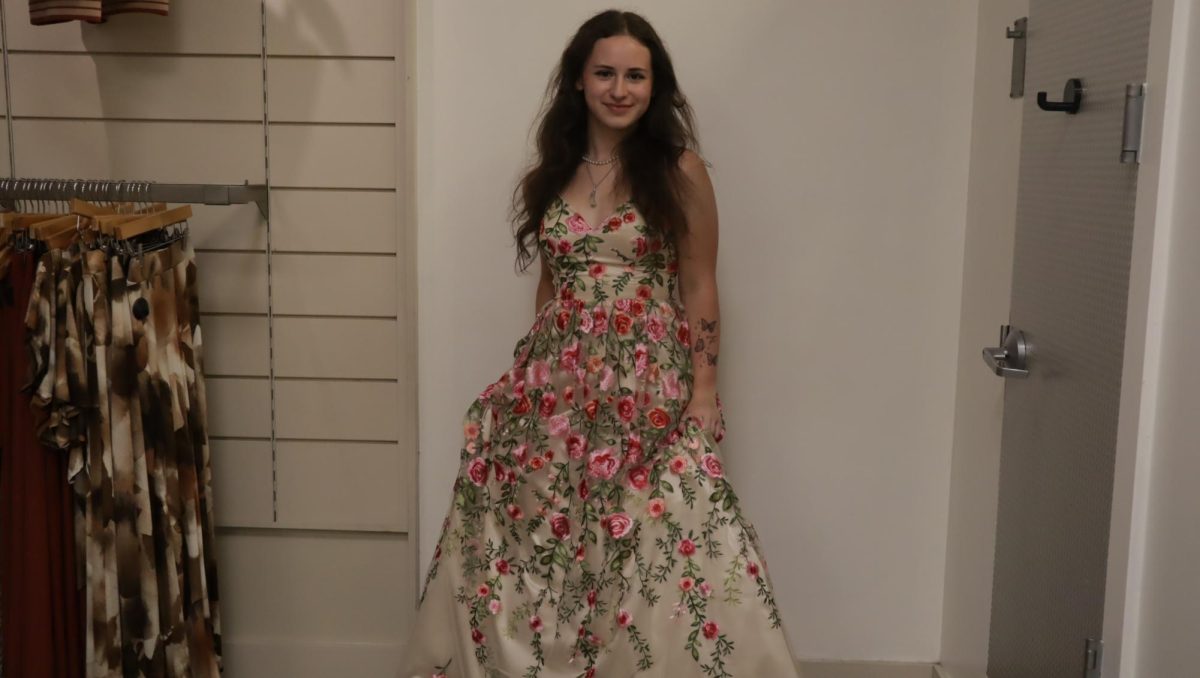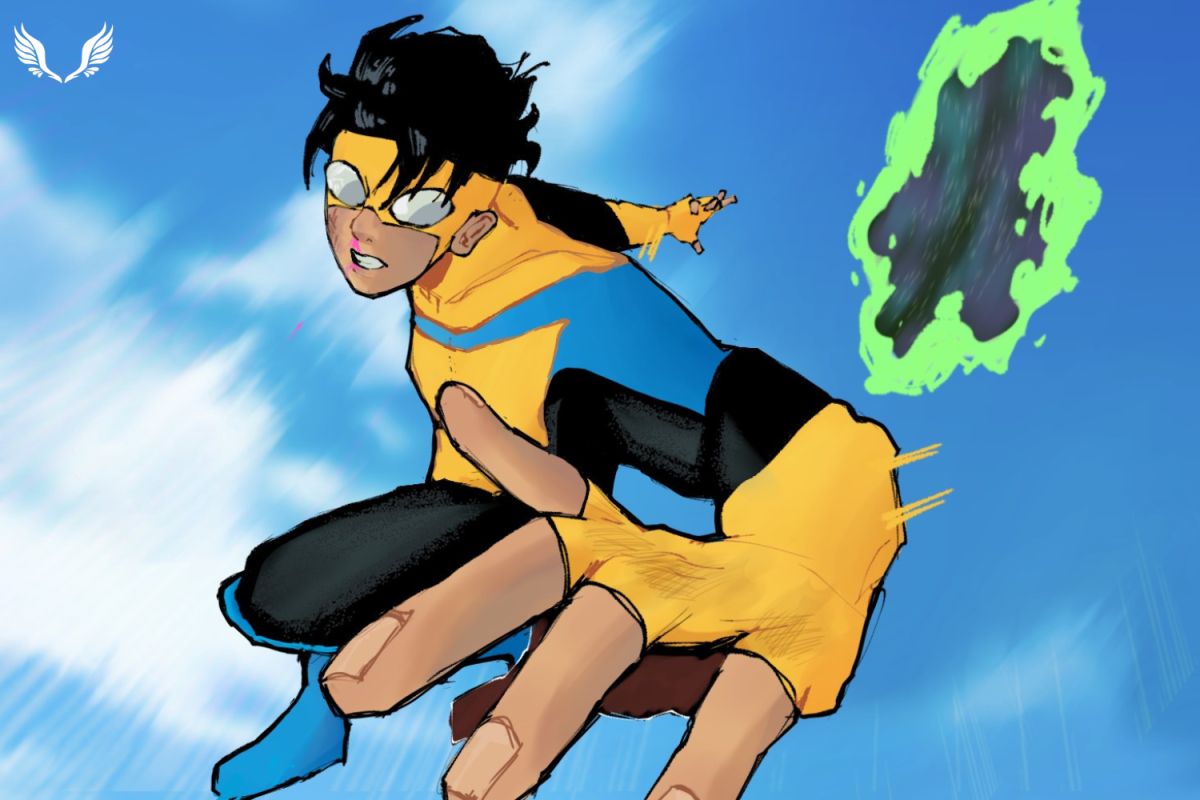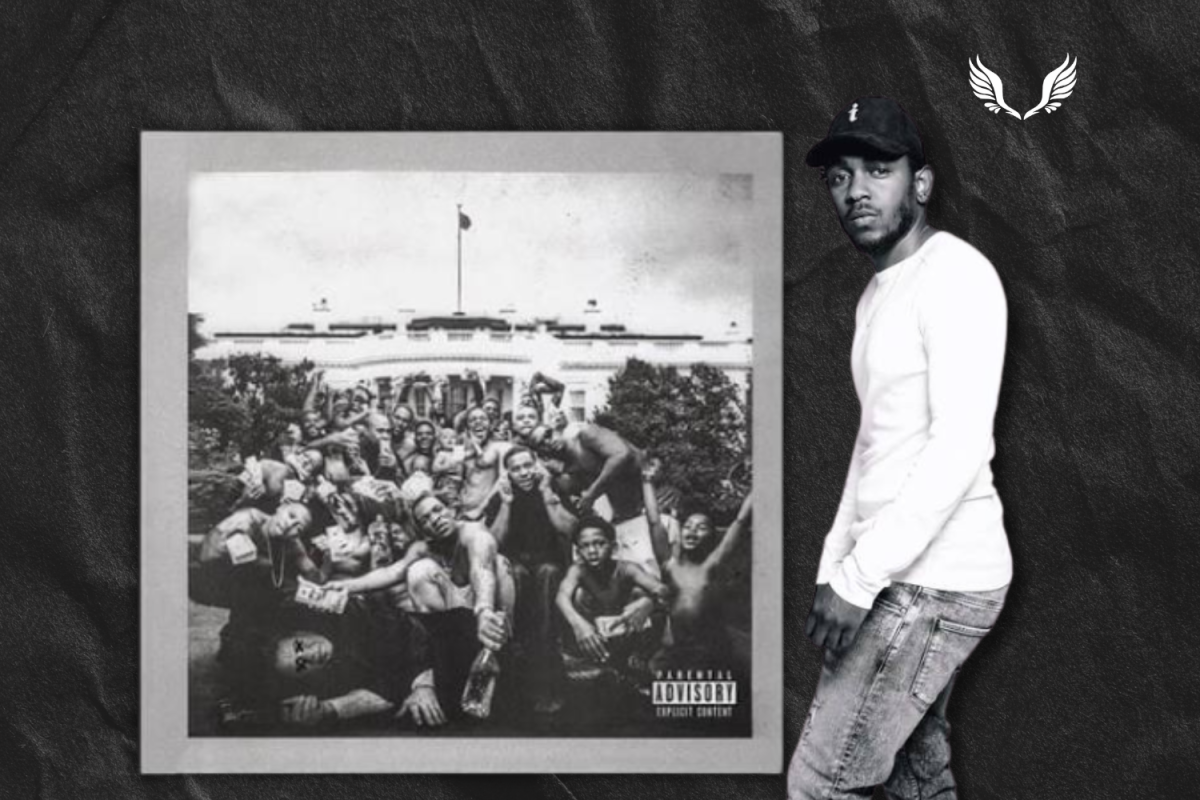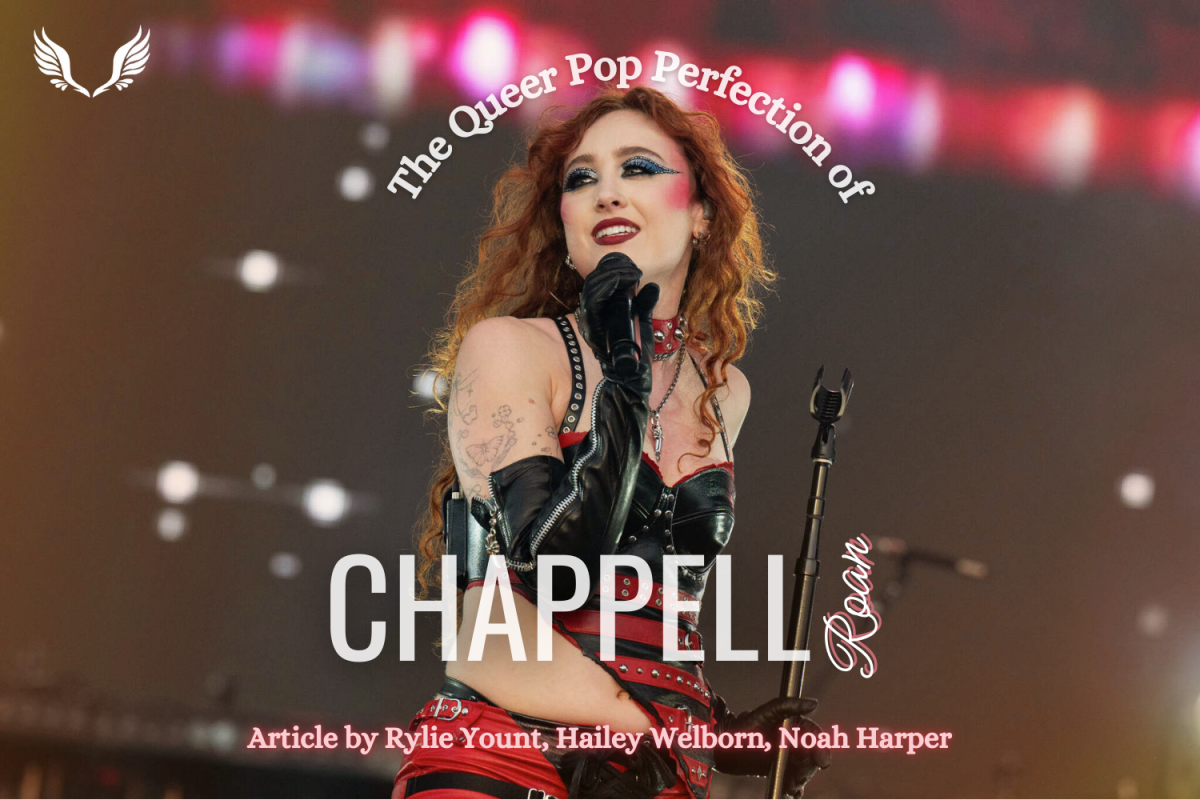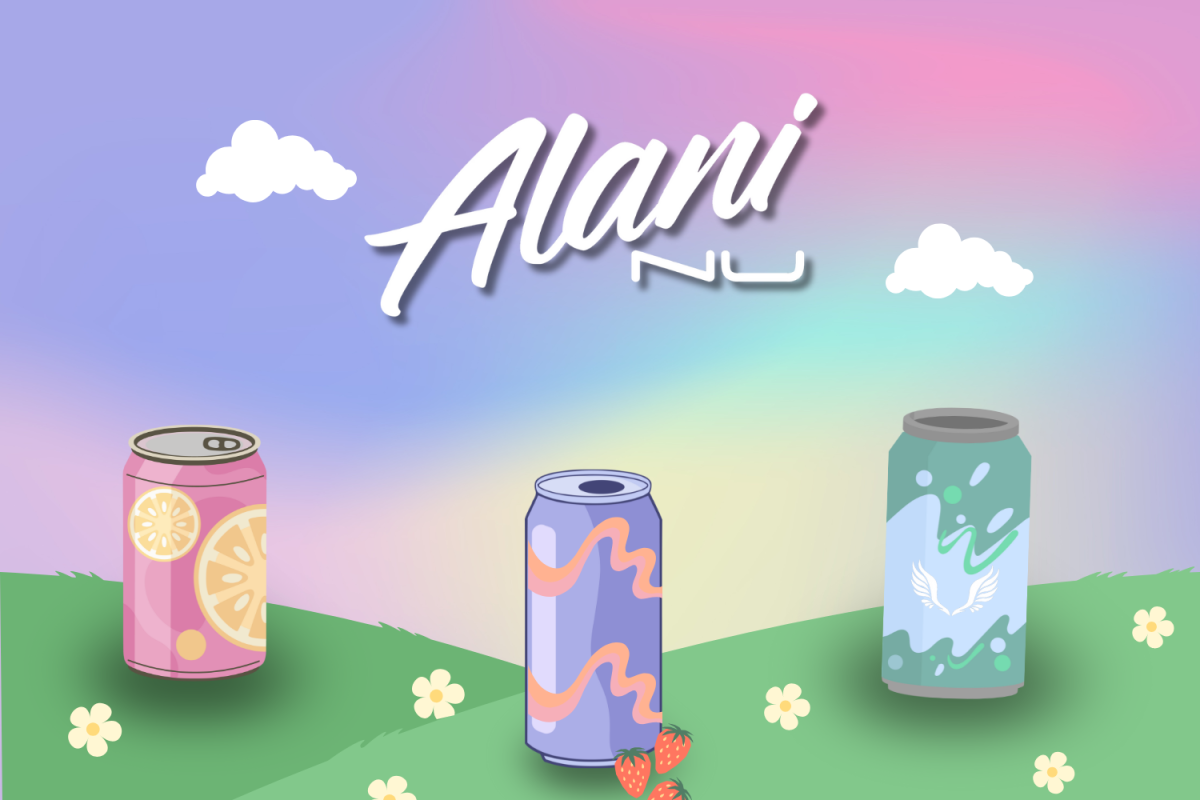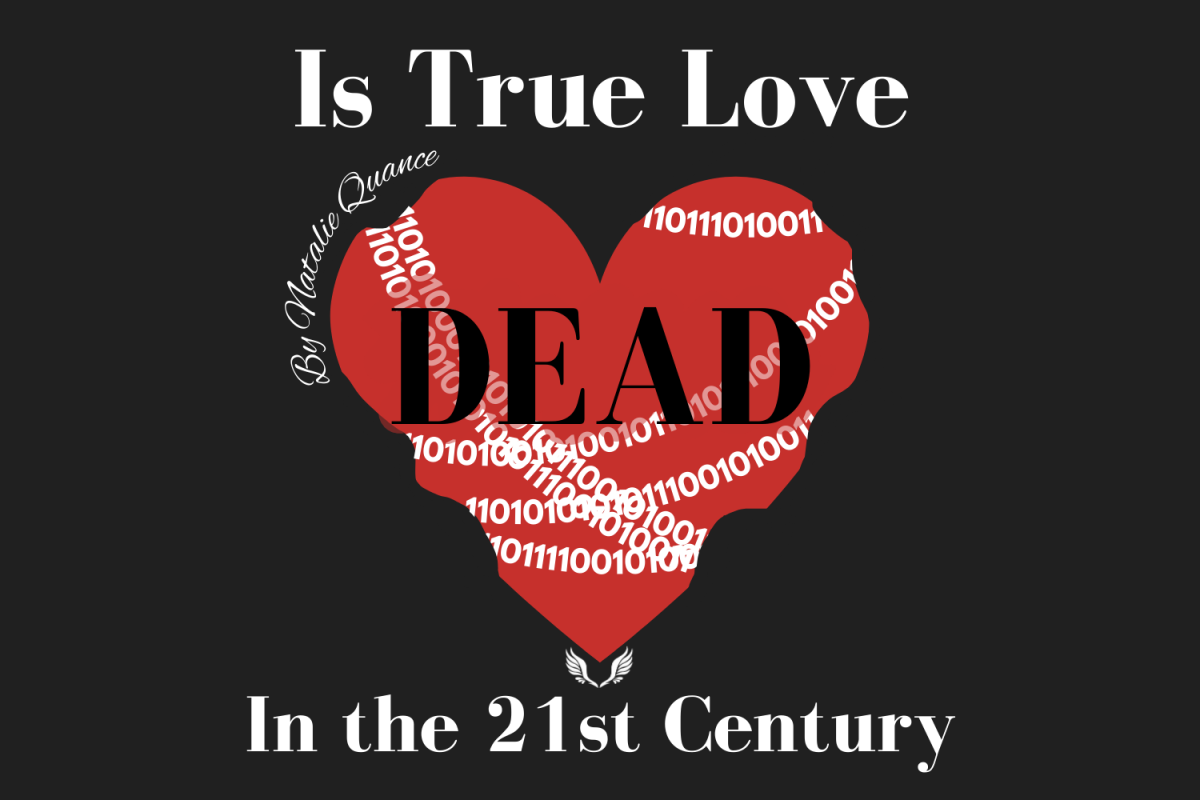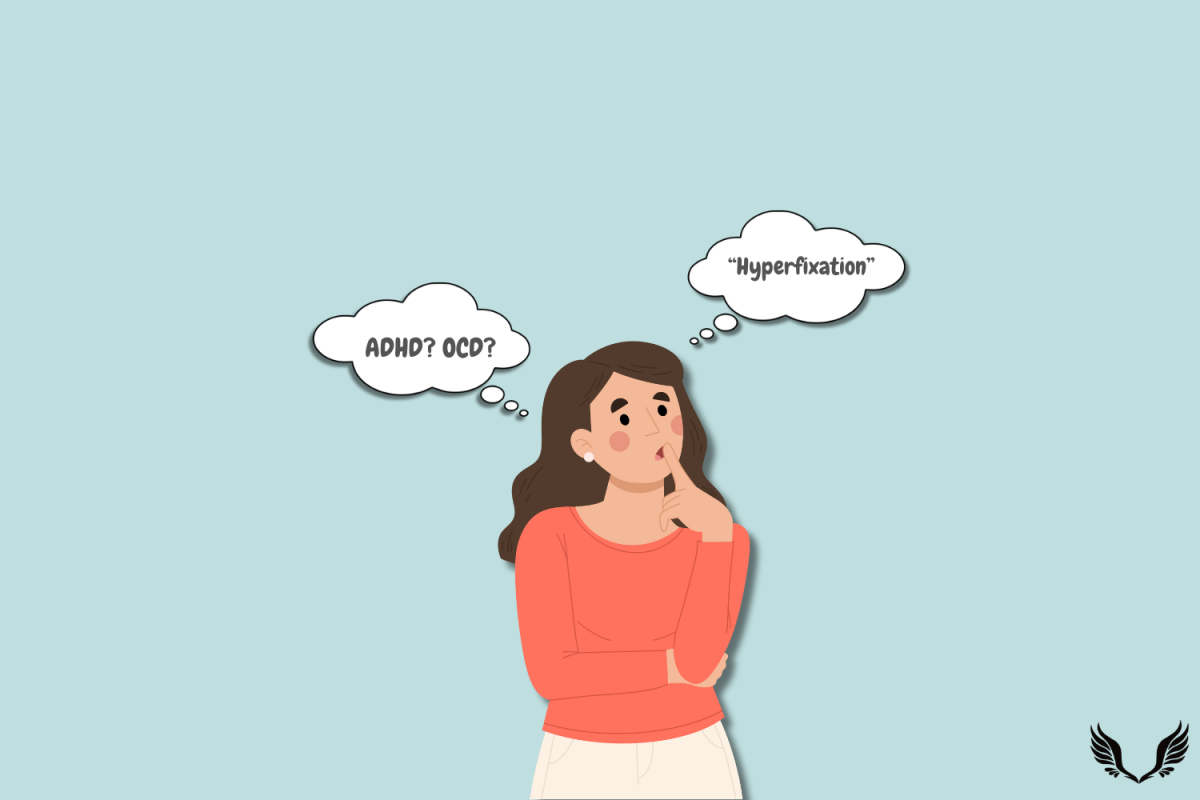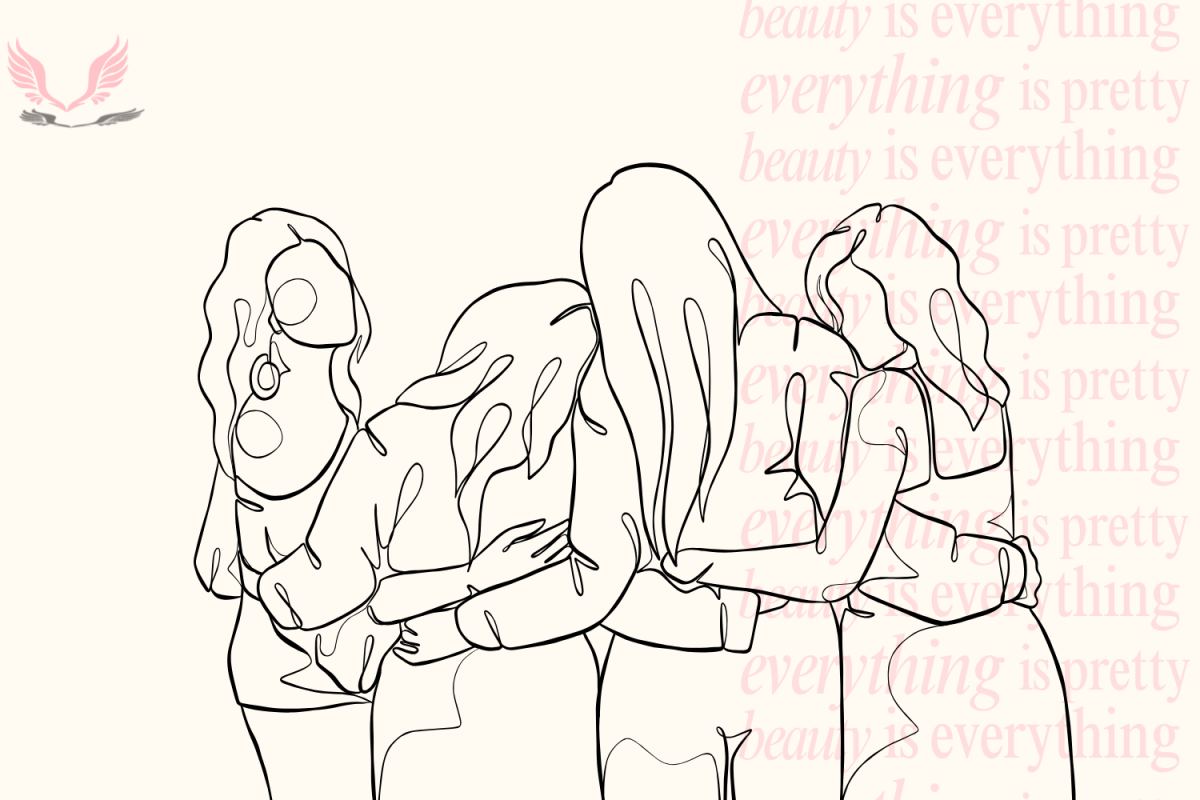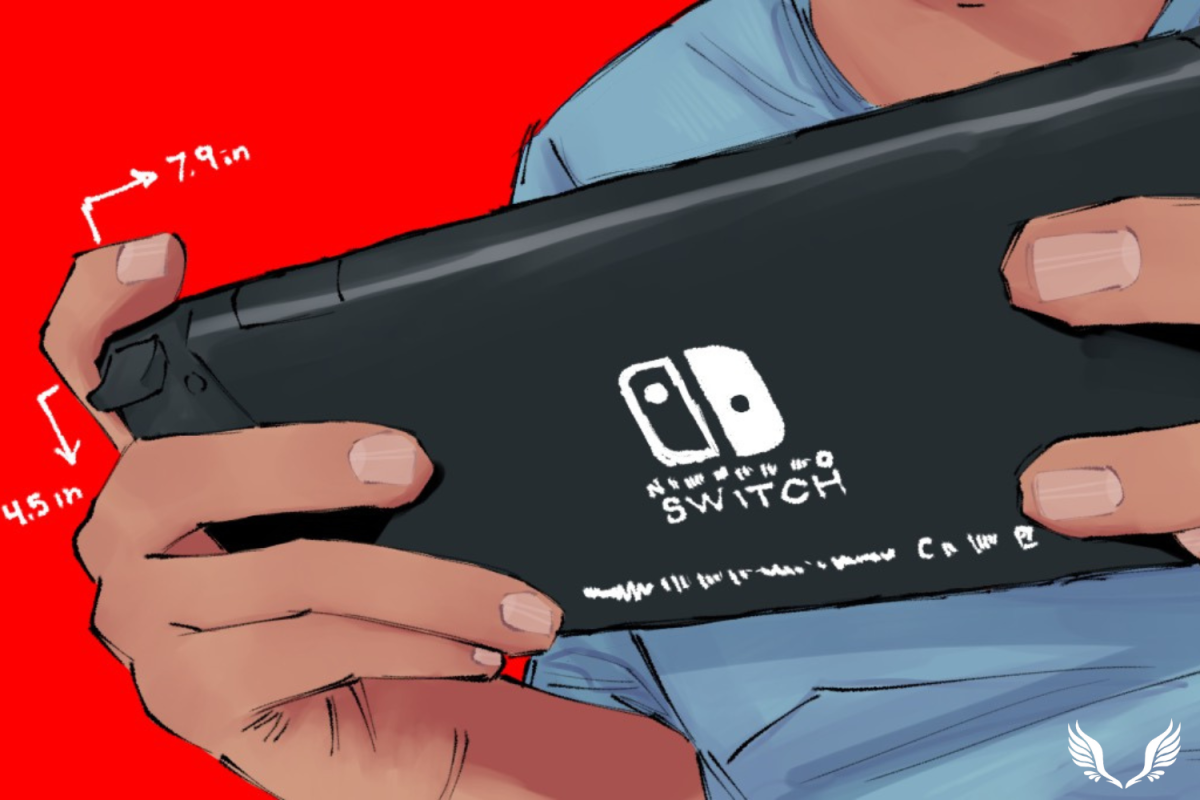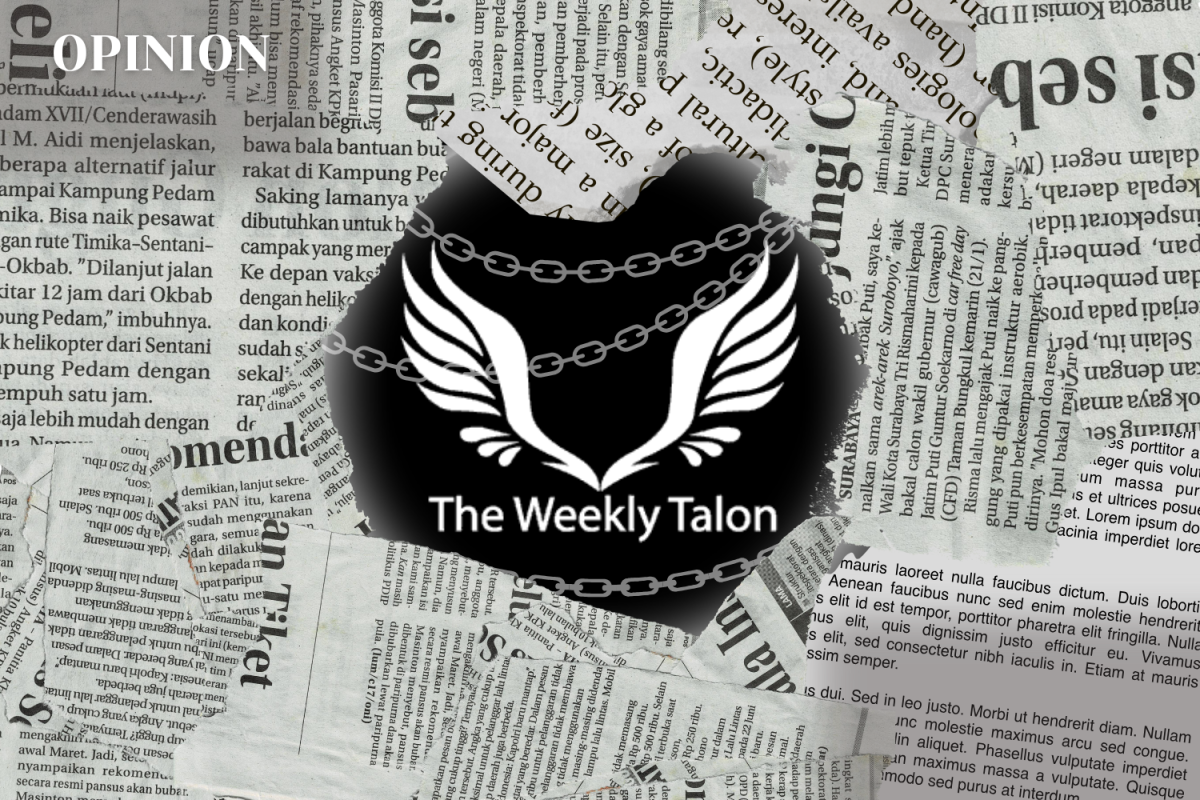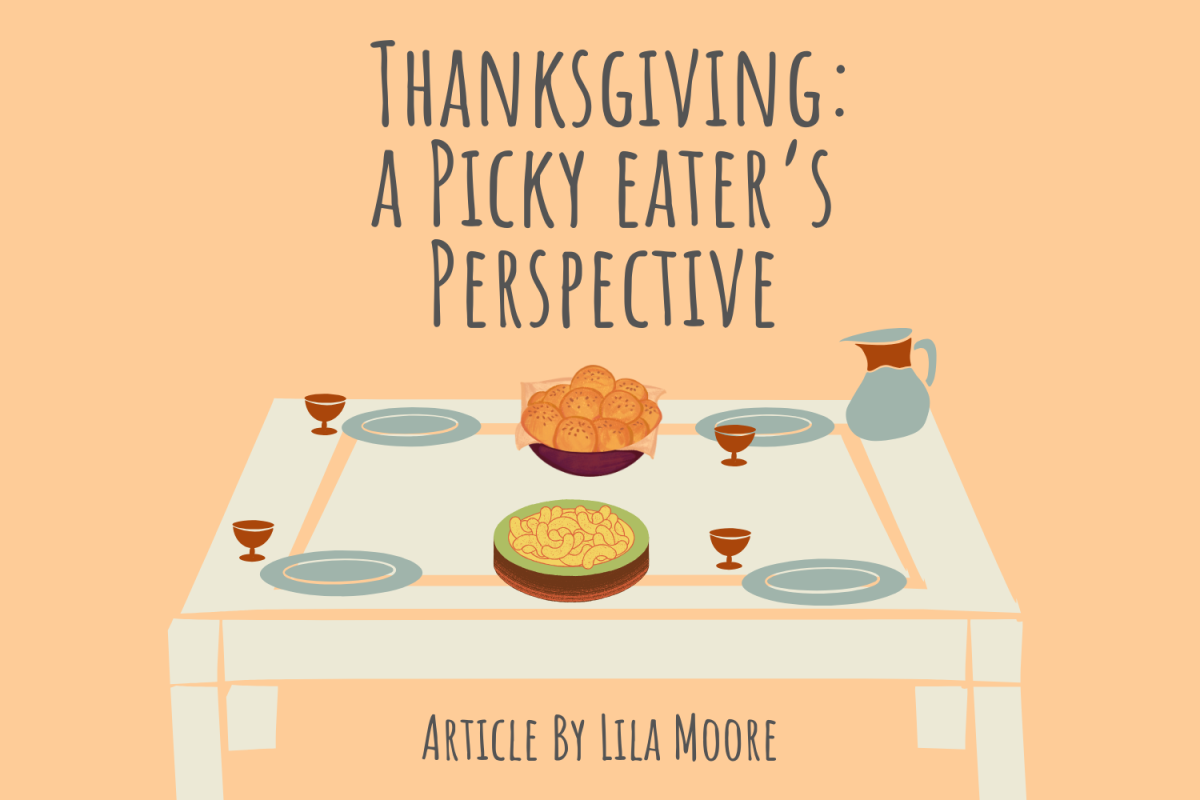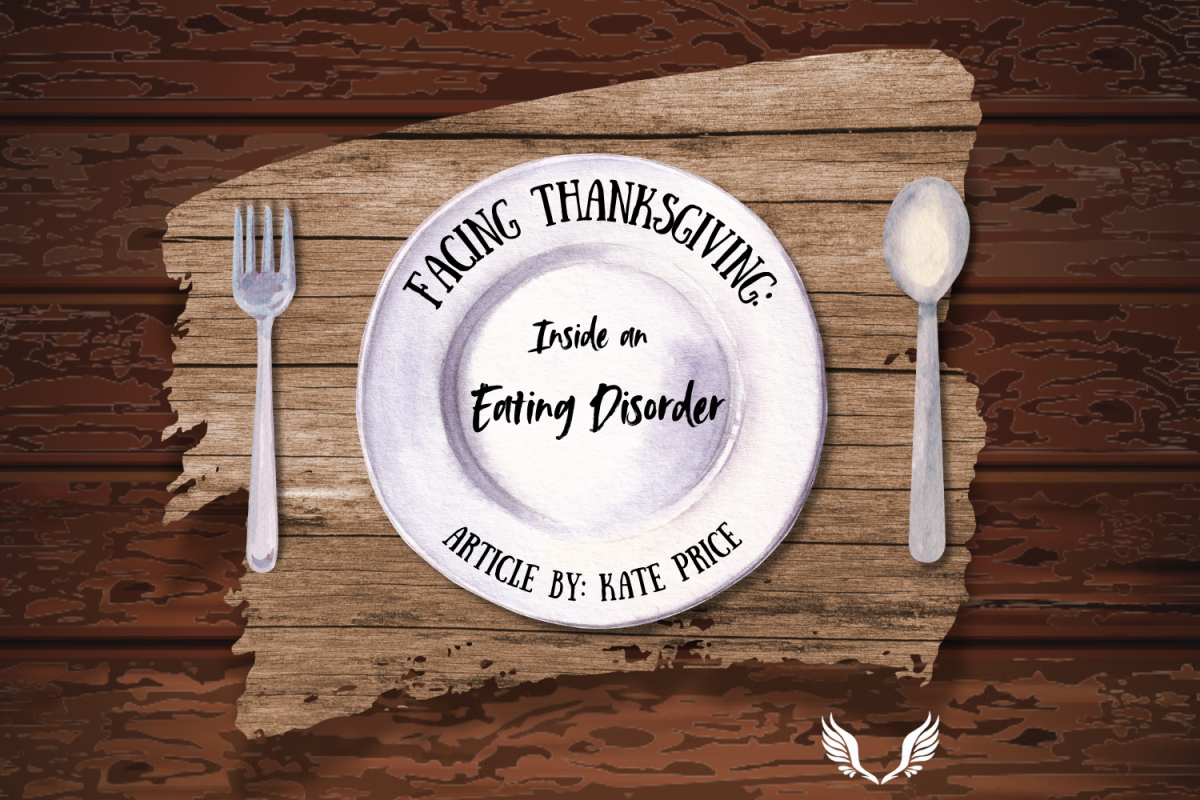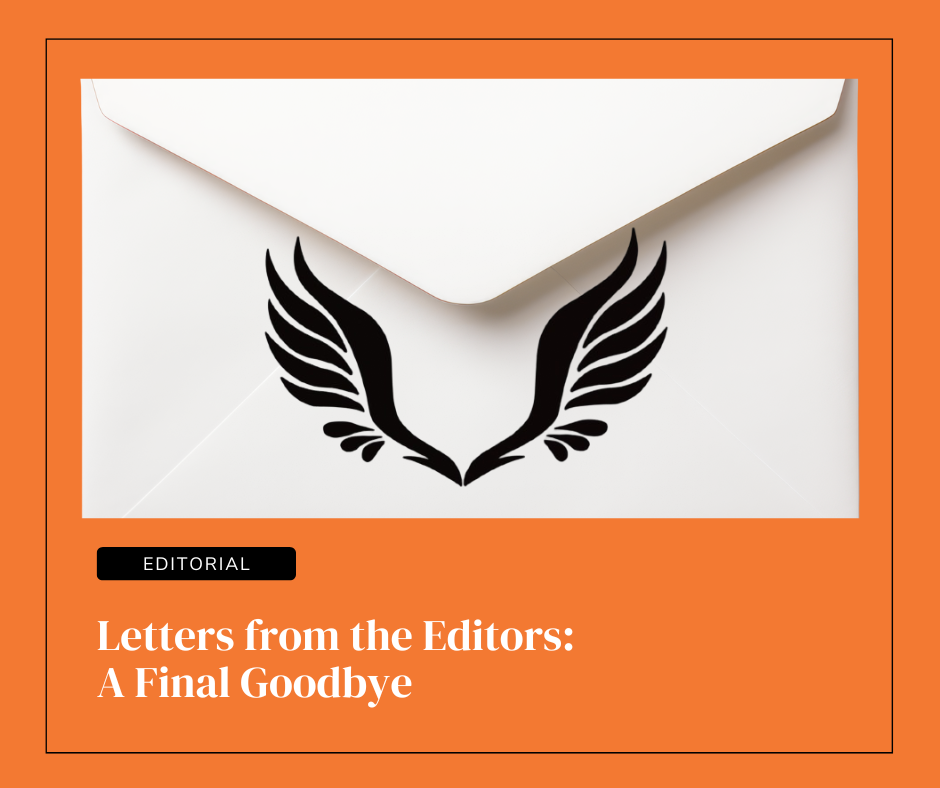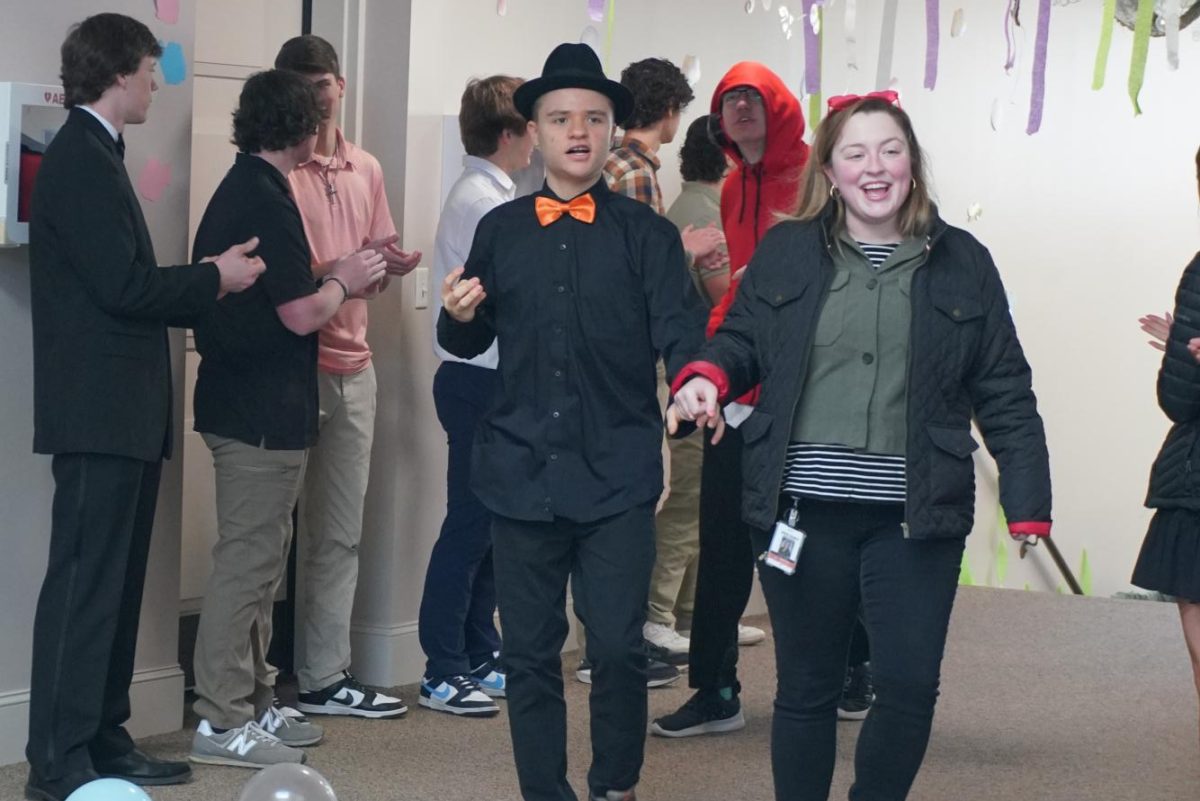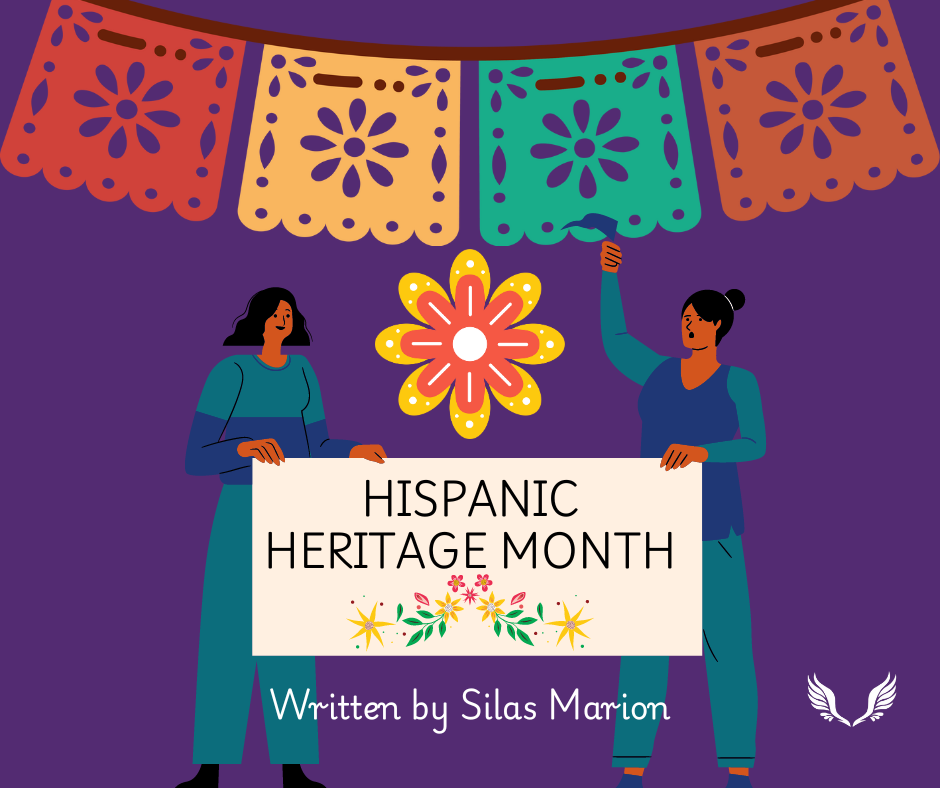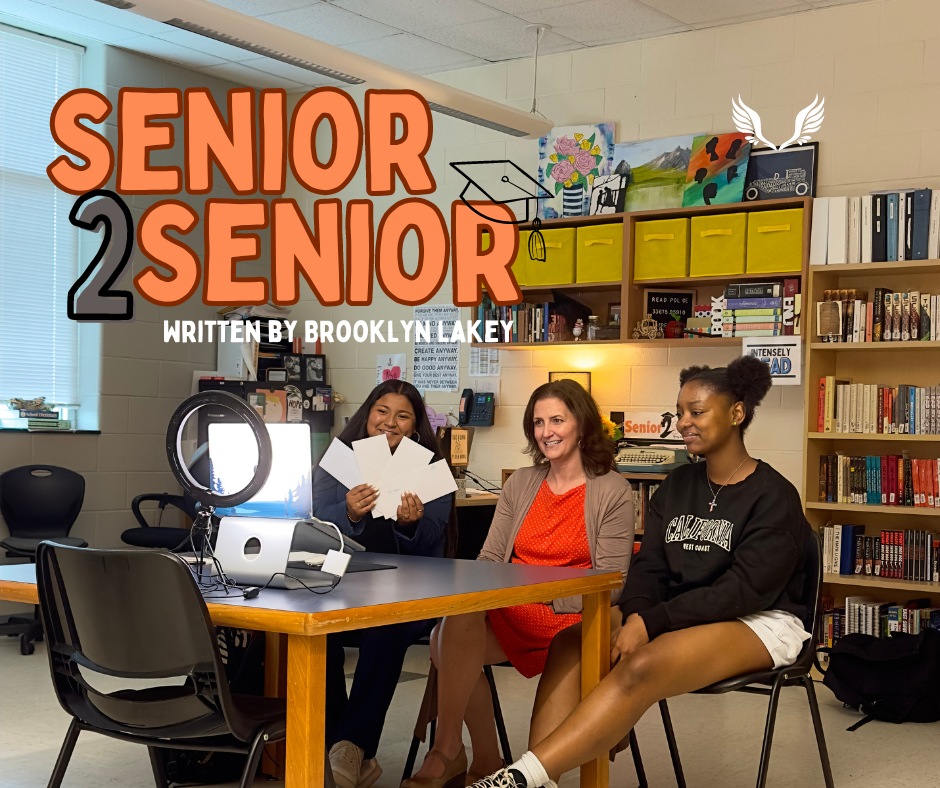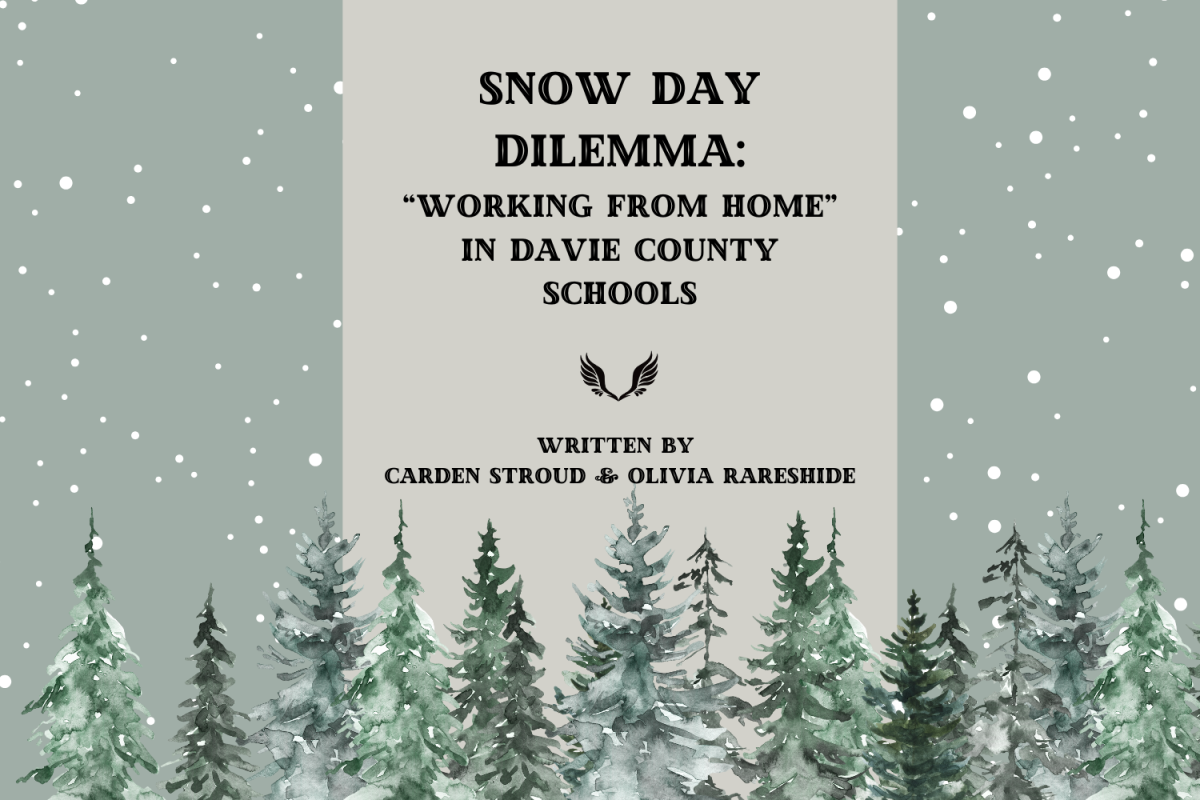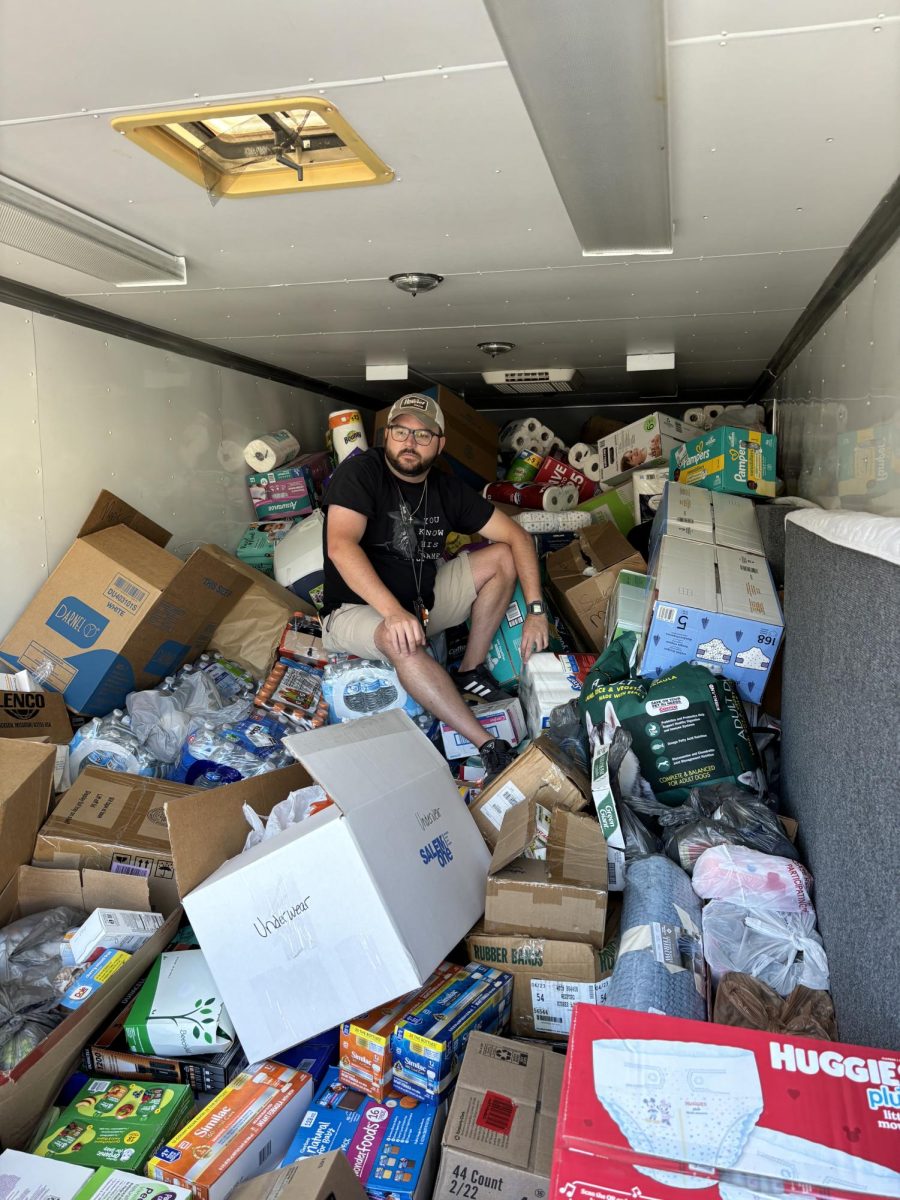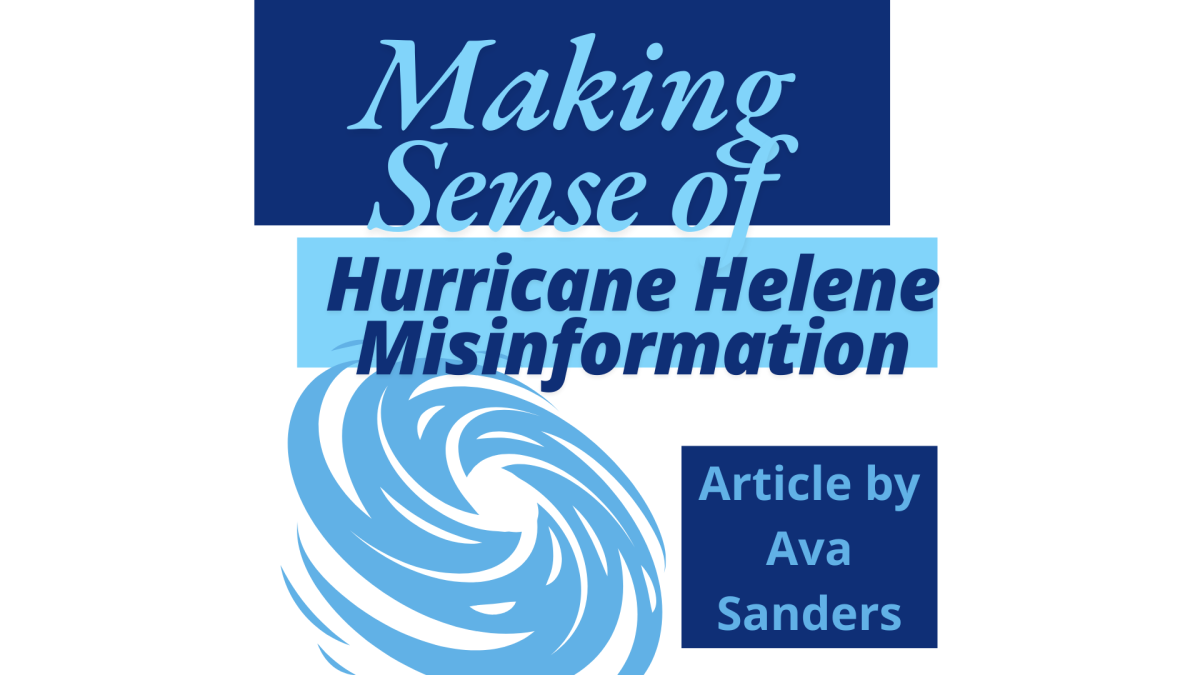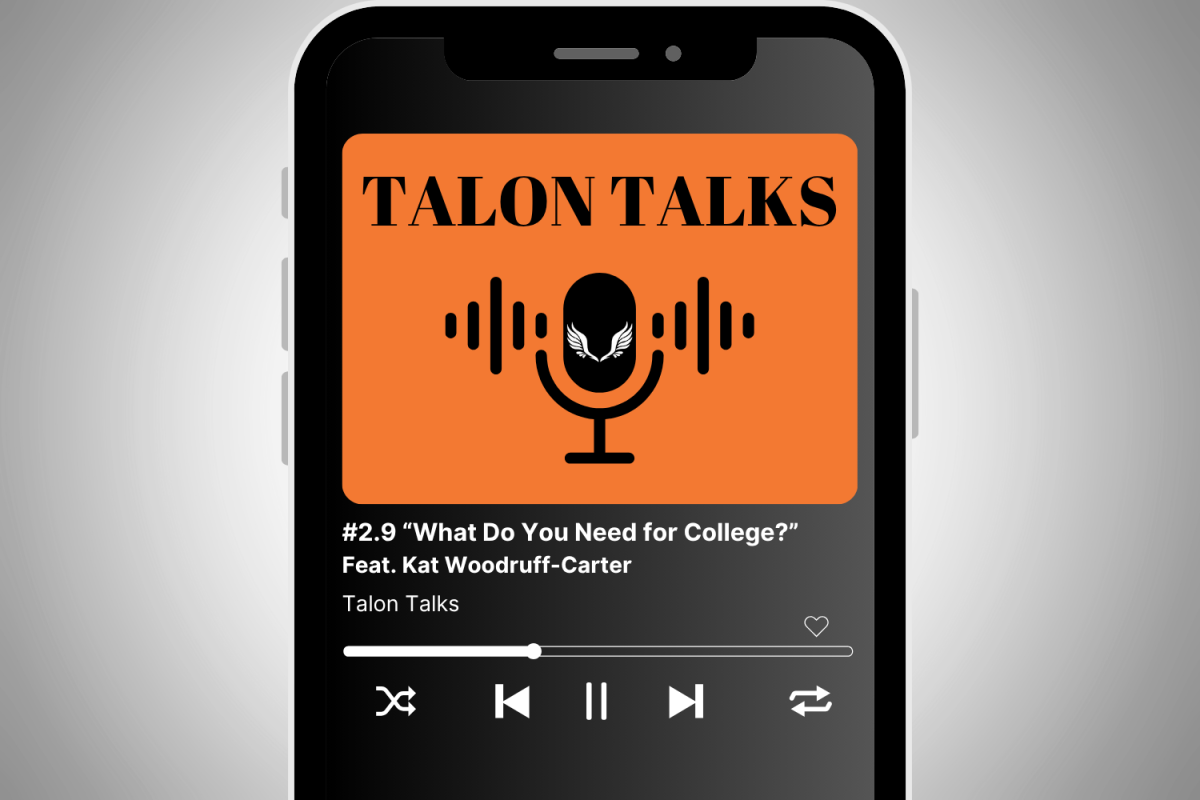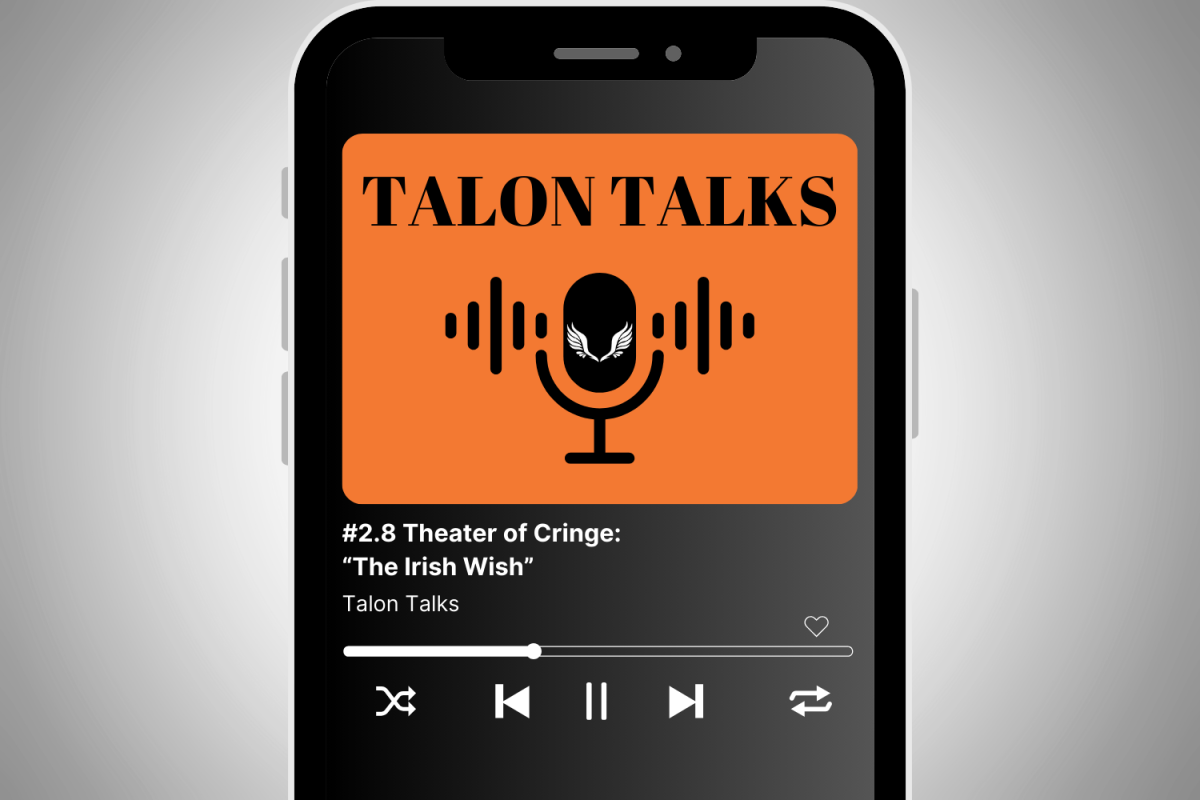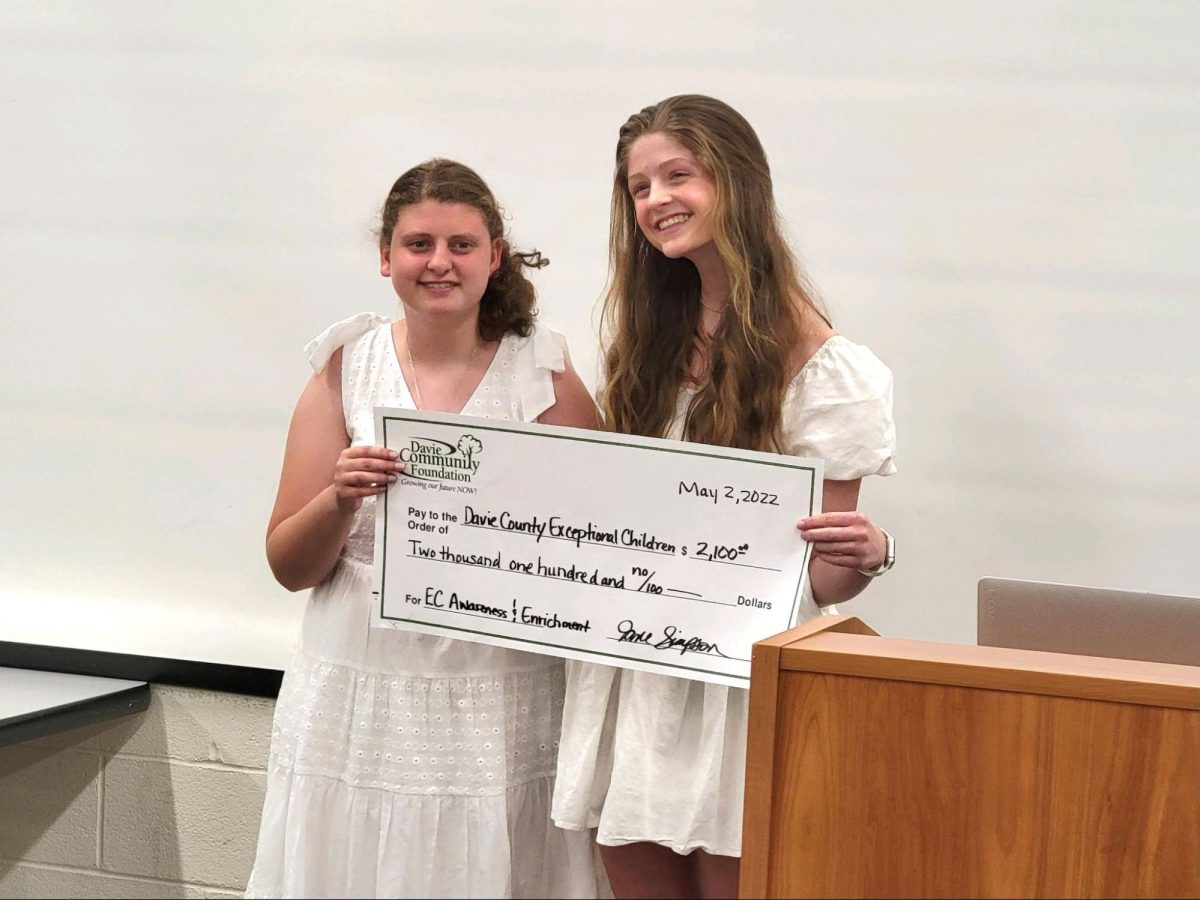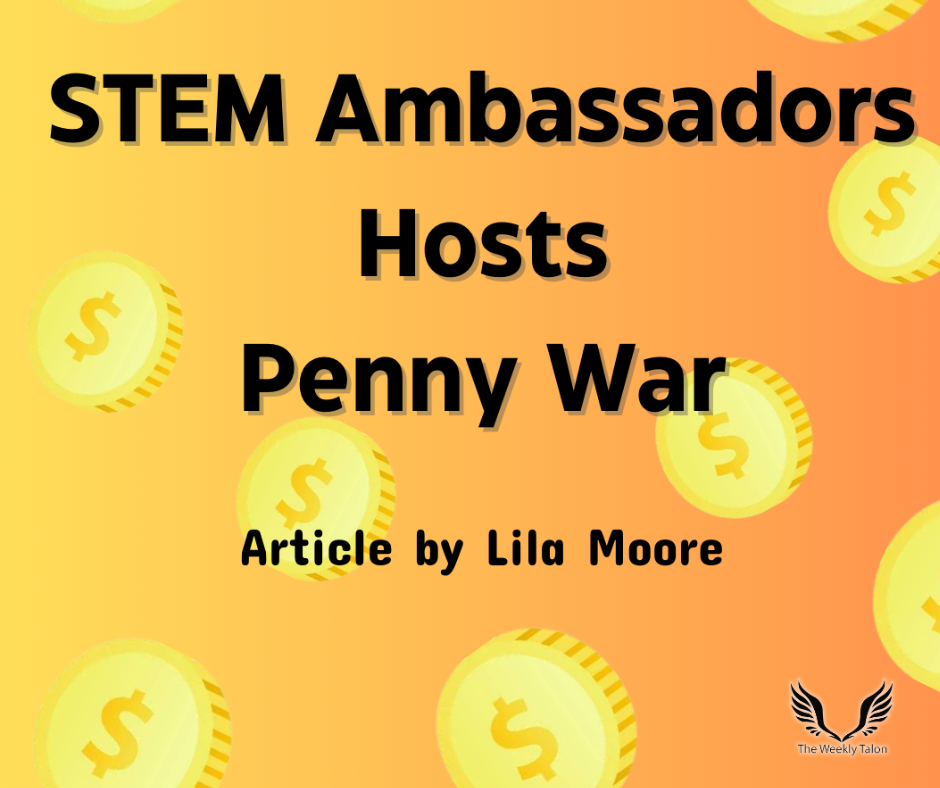Hispanic Heritage Month is a month-long tribute to the history and culture of Hispanic and Latino communities from September 15th to October 15th. Hispanic Heritage Month was first created in 1968 under President Lyndon B. Johnson as Hispanic Heritage Week and was expanded in 1988 to Hispanic Heritage Month under President Ronald Reagan. While Hispanic culture is celebrated beyond this month, we can highlight the contributions and unique aspects of the Hispanic community here at Davie High School.
The Hispanic and Latino community makes up 18.9 percent of the total population in the US. In Davie County, it makes up roughly 7.34 percent, making it the second-largest racial population. Every day, members of Hispanic and Latino communities are at work, improving Davie’s schools and community.
Embracing Cultural Heritage
Hispanic students and staff at Davie High are proud of their ethnicity and culture and how it has shaped their lives and values. Additionally, their culture affects our school community every day by bringing new perspectives to Davie High. Zaid Hernandez, the English as a Second Language Instructional Assistant, says, “Being born in the US as a Mexican has helped me appreciate both sides and shape my values by allowing me to mix customs and traditions together.” This blend of cultural influences enriches personal identities and strengthens the school’s diverse community.
In addition to the effects Hispanic culture has on our school community, there are many unique aspects of Hispanic culture that many may not be aware of. This includes traditions, foods, and art forms such as dances, music, and literature. 11th grader Rossely Monegro says, “Chicharron is my favorite food from the Dominican Republic. It makes it special because I remember when my family brought them for me when we went down to the rivers.” These cultural elements often hold deep personal meaning tied to family memories and heritage. 12th grader Kassy Acosta says, “An art form in Honduras is the music; it is special because it includes a native language called ‘Garifuna.’ The name of the music is ‘Punta’ (tiptoe).”
Many Hispanics are very proud of the music included in their culture, as dance is an integral part of Latino communities. Carolina Horney, the registrar of Davie High, says, “I feel a strong connection to literature, particularly through the works of writers like Alfredo Espino, Claudia Lars, and Salvador Salazar Arrué… I know the writers because my grandma used to read their poems to me since I was four years old….Their poetry allows me to connect deeply with my heritage and express my own feelings and memories about my childhood.” These personal connections demonstrate the rich cultural diversity within Hispanic heritage, enriching both individuals and the broader school community.
As we appreciate Hispanic and Latino culture, we can also appreciate the contributions of some Hispanic and Latino figures and how they inspire some Hispanic students at Davie. Isaac Martinez, a 10th grader of Colombian descent, says, “[Carlos Alcaraz] has always inspired me to give my best, to always look for the best version of myself, never to give up, and to fight for what I want.” His sister Sara Martinez Ortiz admires Sofia Vergara for succeeding in a mainly white industry while staying true to herself and her culture. “She represents Colombia wherever she goes and is proud of her heritage,” she says. “I also admire Lin-Manual Miranda for revolutionizing American culture, theater, music, and entertainment with some of his groundbreaking works, such as Hamilton.” These influential Hispanic and Latino figures serve as powerful role models, inspiring students and staff at Davie to embrace their heritage while striving for excellence in their own lives.
Overcoming Challenges
As Hispanic Heritage Month serves as a way to appreciate the Hispanic communities and their contributions to our society, we also need to become aware of the challenges that Hispanics in the US continue to face each day. Hispanic and Latino communities in the US are constantly battling discrimination, economic inequity, and limited access to education. In addition to these issues, they face trouble in the workplace in areas such as finding jobs and dealing with workplace discrimination. Zaid Hernandez says, “Being the son of immigrant parents, the biggest challenge I see is that my parents still struggle with the most basic things, such as finding a decent job, despite living in the US for 20+ years because they still don’t get citizenship.” Issues like these are prevalent among Hispanics in our society and need to be addressed and changed.
In addition to everyday challenges, many aspects of Hispanic culture go overlooked and underappreciated. Sara Martinez Ortiz says, “An aspect of Hispanic culture that is overlooked is the individualism and uniqueness of each country… Each country is very different from the others, and it is this diversity that makes the Latino culture beautiful and full of life.” The common misconception that all Hispanics are the same is one that needs to cease. Carolina Horney says, “Contributions from Hispanic communities to arts, science, and social movements deserve more recognition, showcasing the depth and richness of our heritage.” Recognizing the individuality and diverse contributions of each Hispanic culture is essential to appreciating the vibrant nature of the Latino community fully.
Hispanic Heritage Month is a time to reflect on and celebrate the diverse contributions, traditions, and influences of the Hispanic and Latino communities within Davie High School and Davie County. From the unique cultural practices that shape personal identities to the inspiring figures who serve as role models, the Hispanic community enriches our school and society in countless ways. However, as we celebrate, we must also acknowledge the ongoing challenges they face, such as discrimination and economic inequities, and work toward greater understanding and change. By embracing both the beauty and the struggles of Hispanic heritage, we can create a more inclusive and appreciative community.

